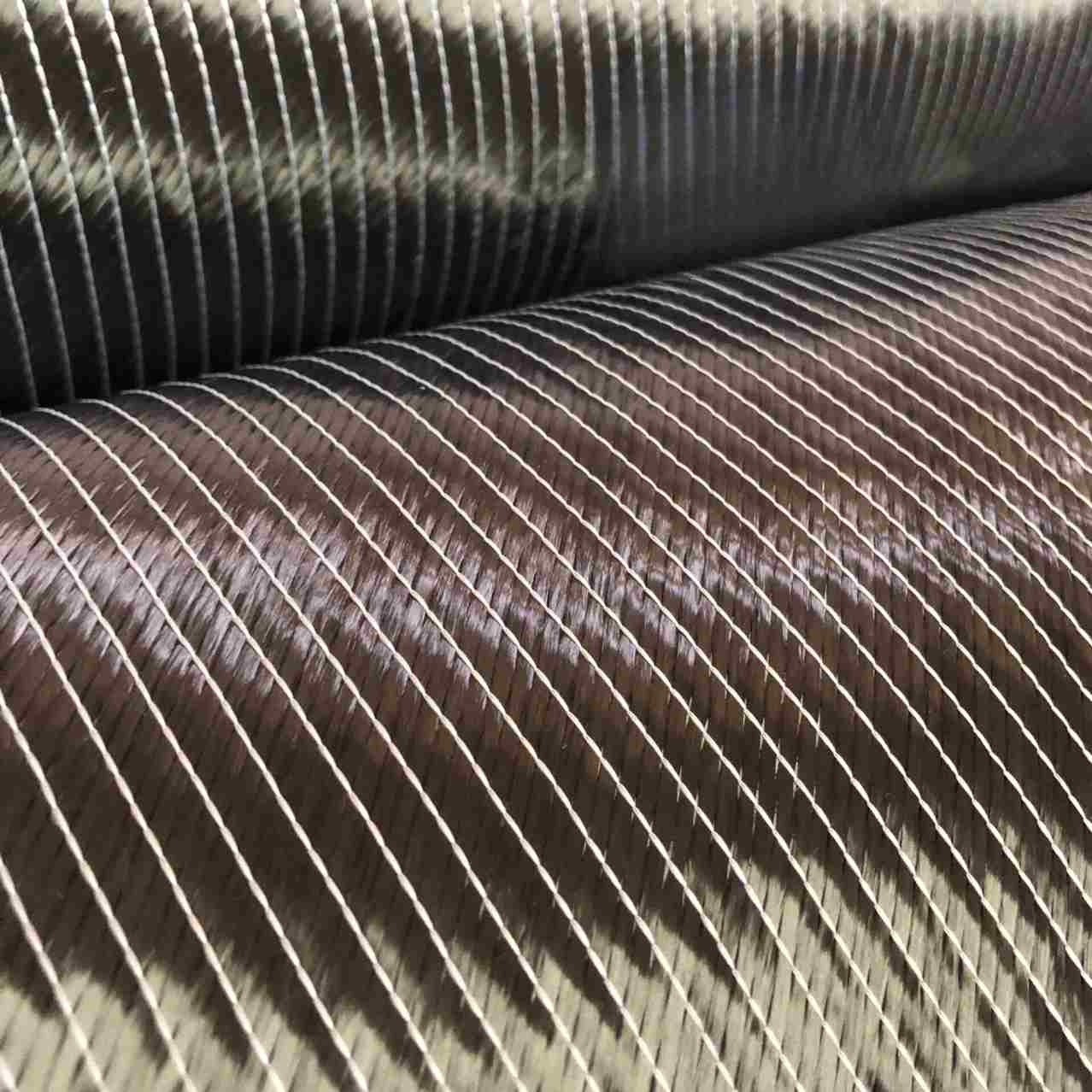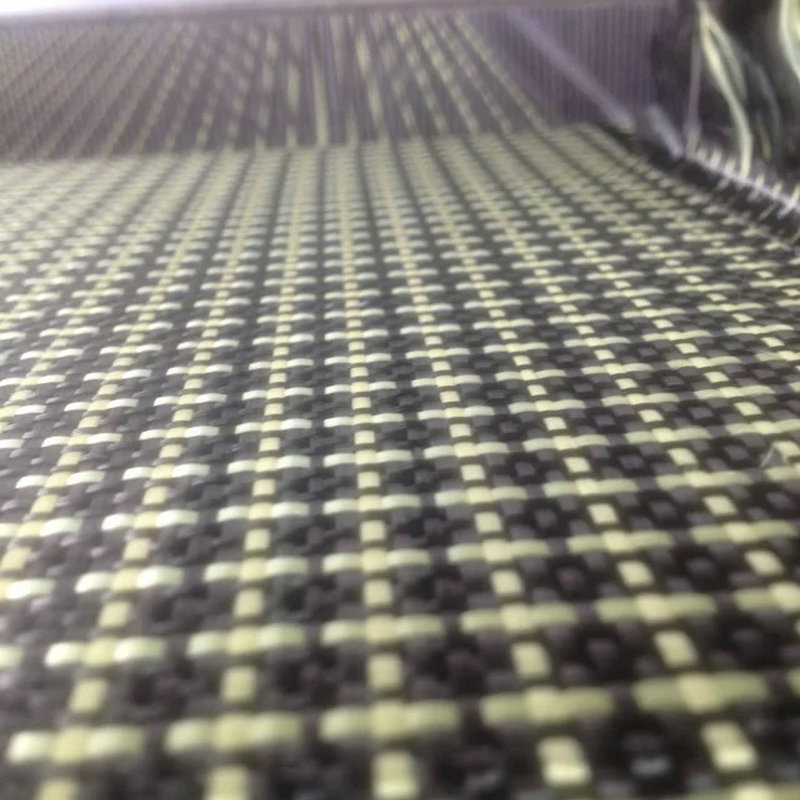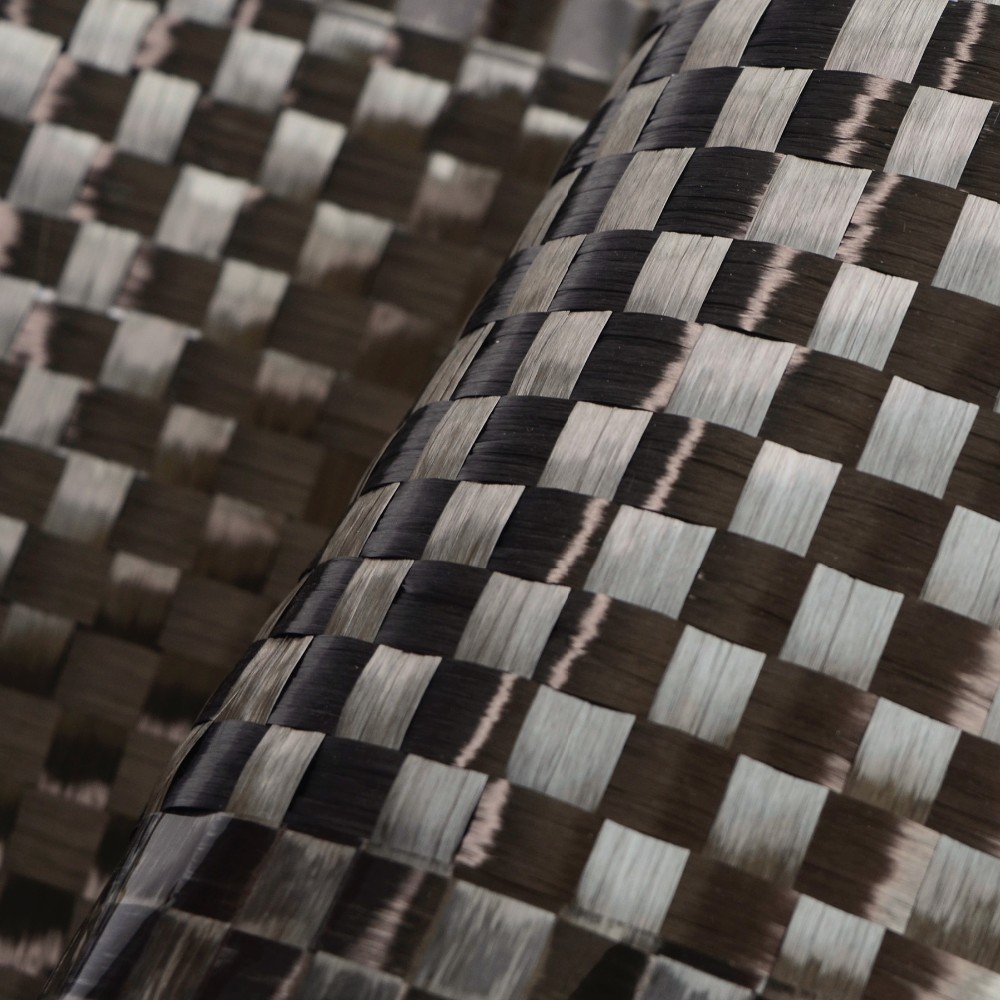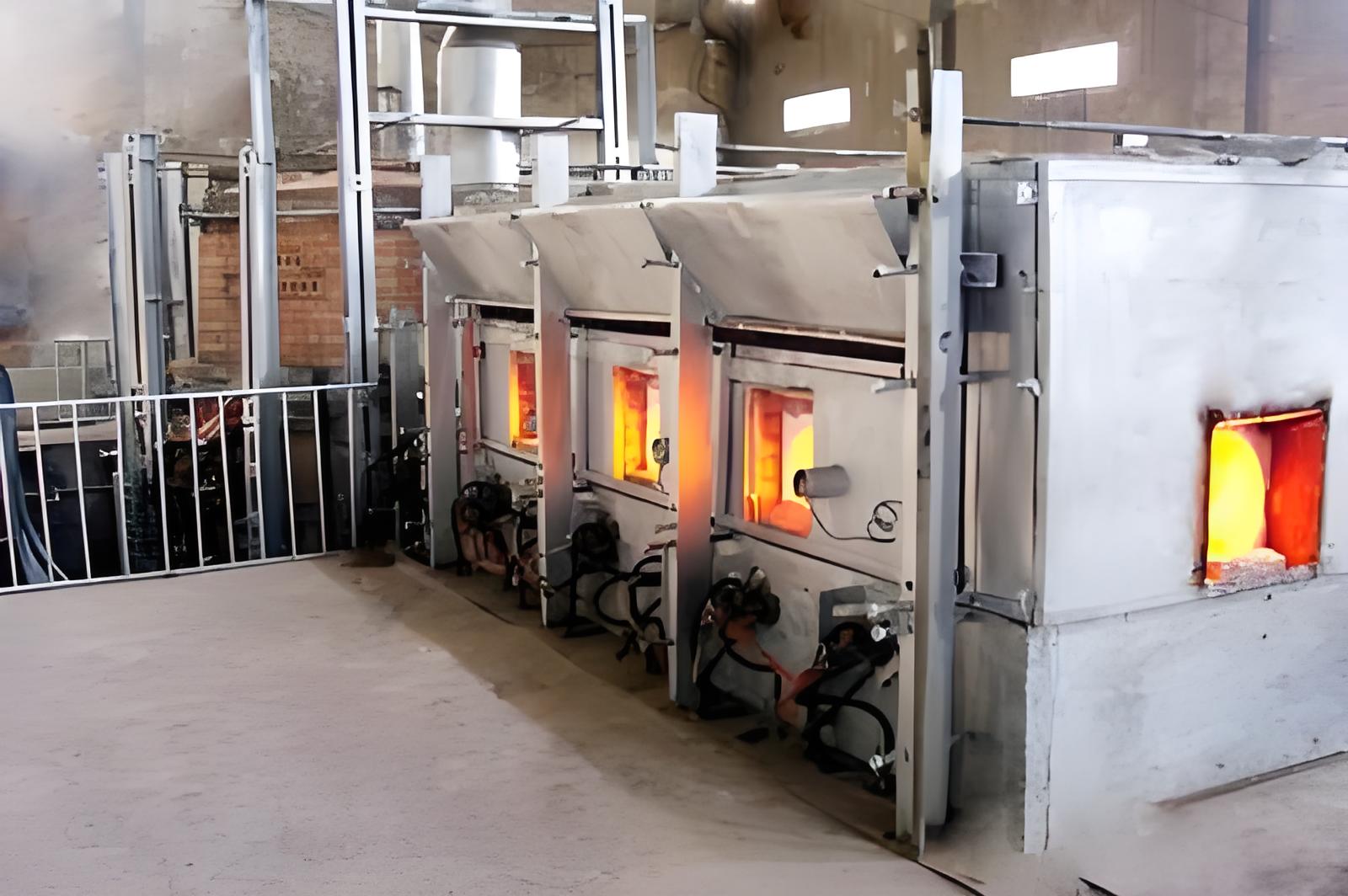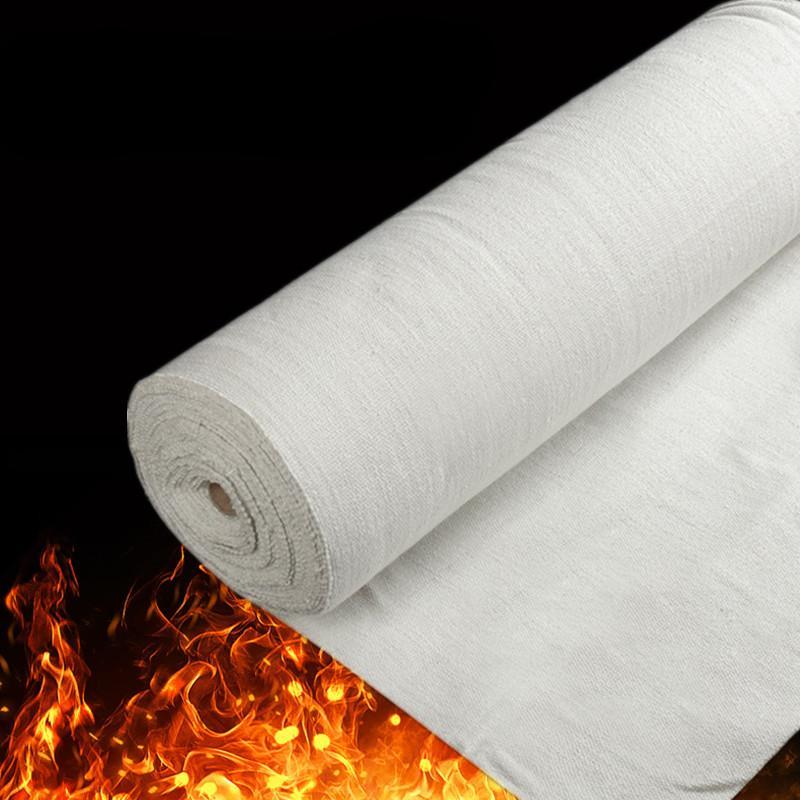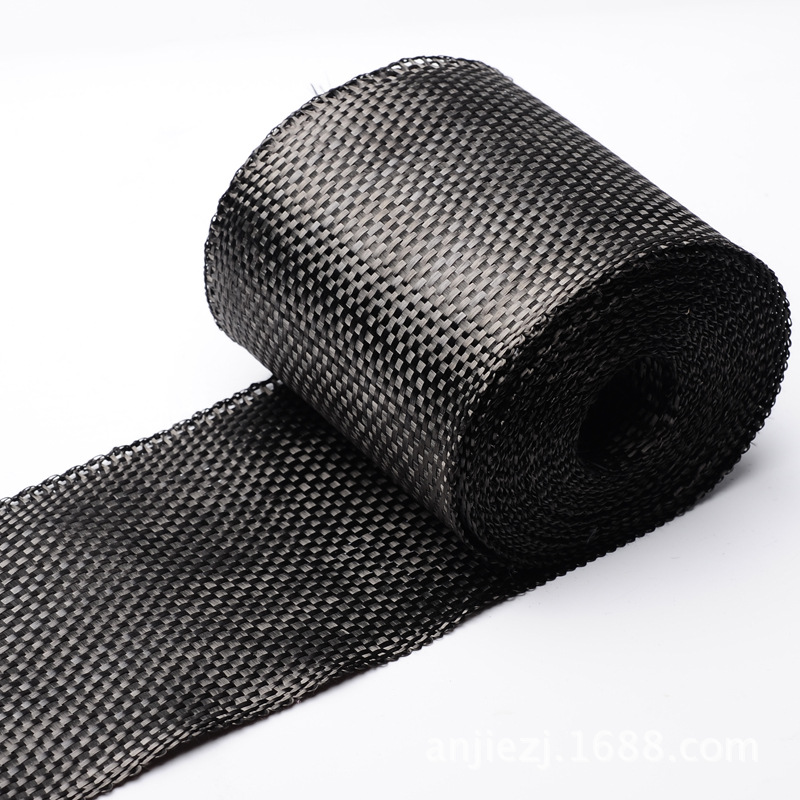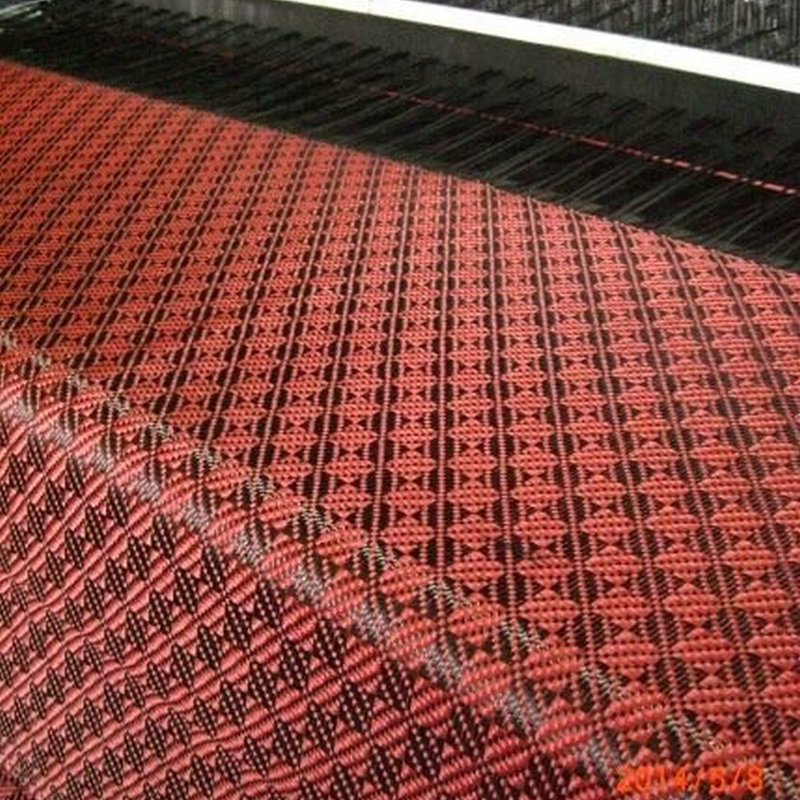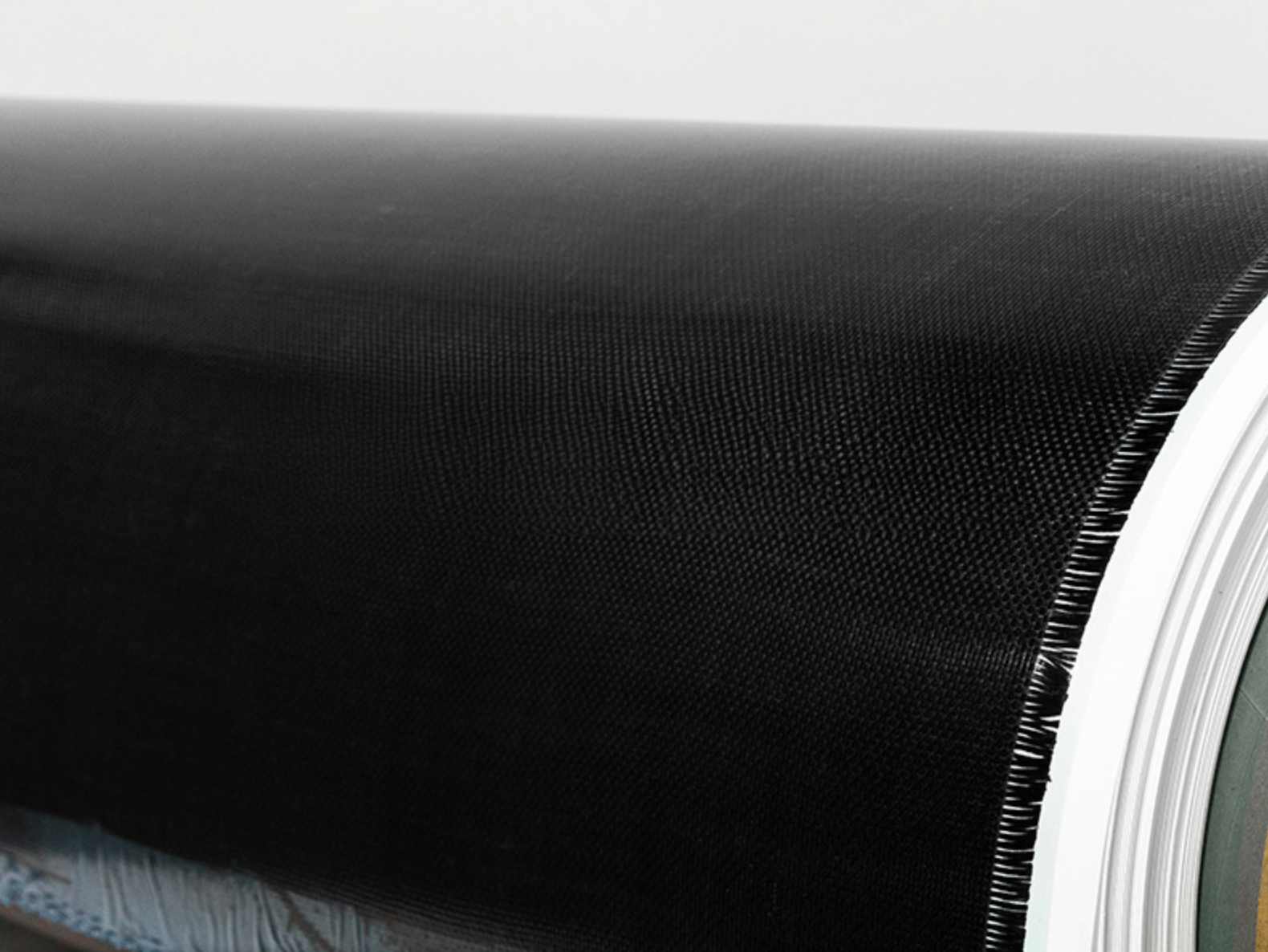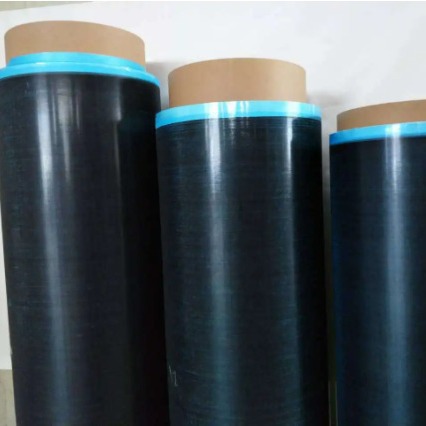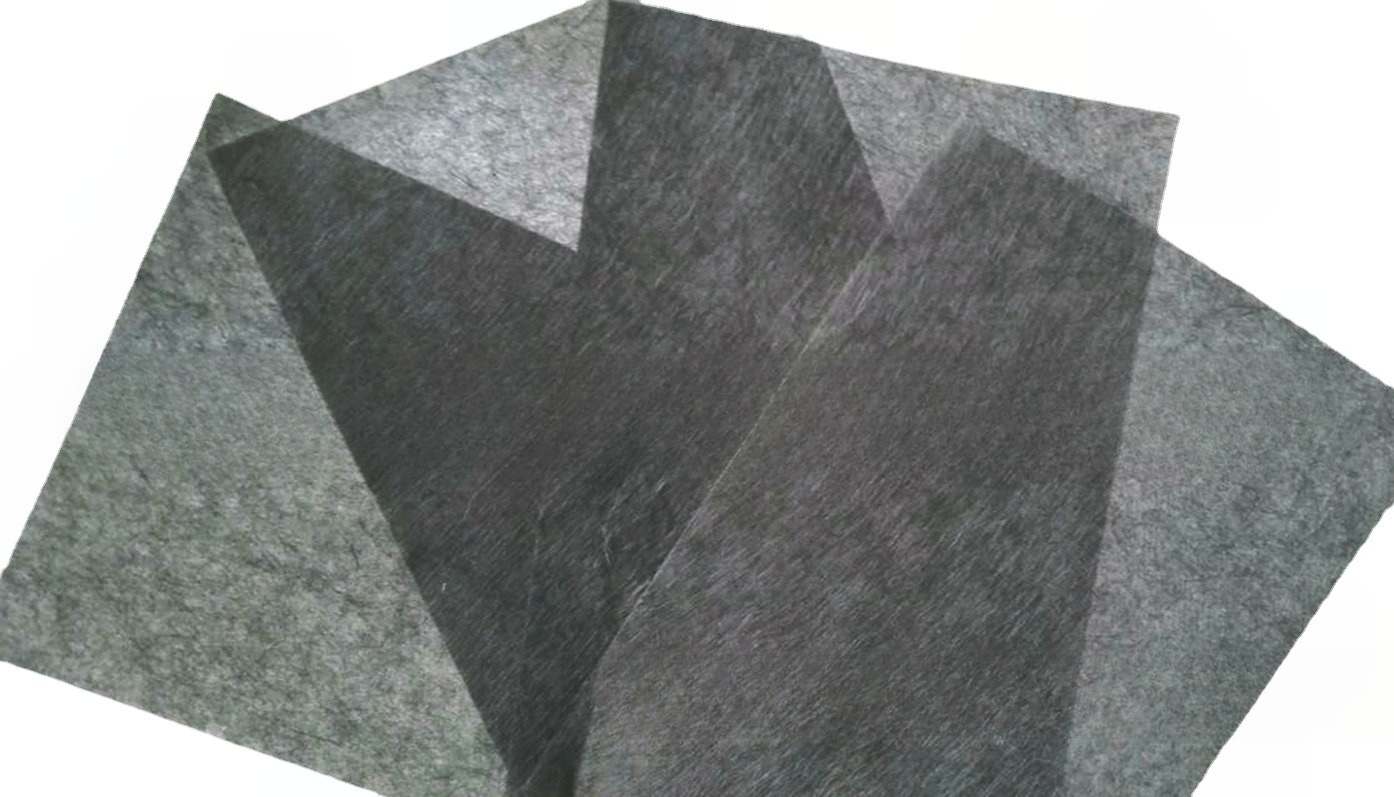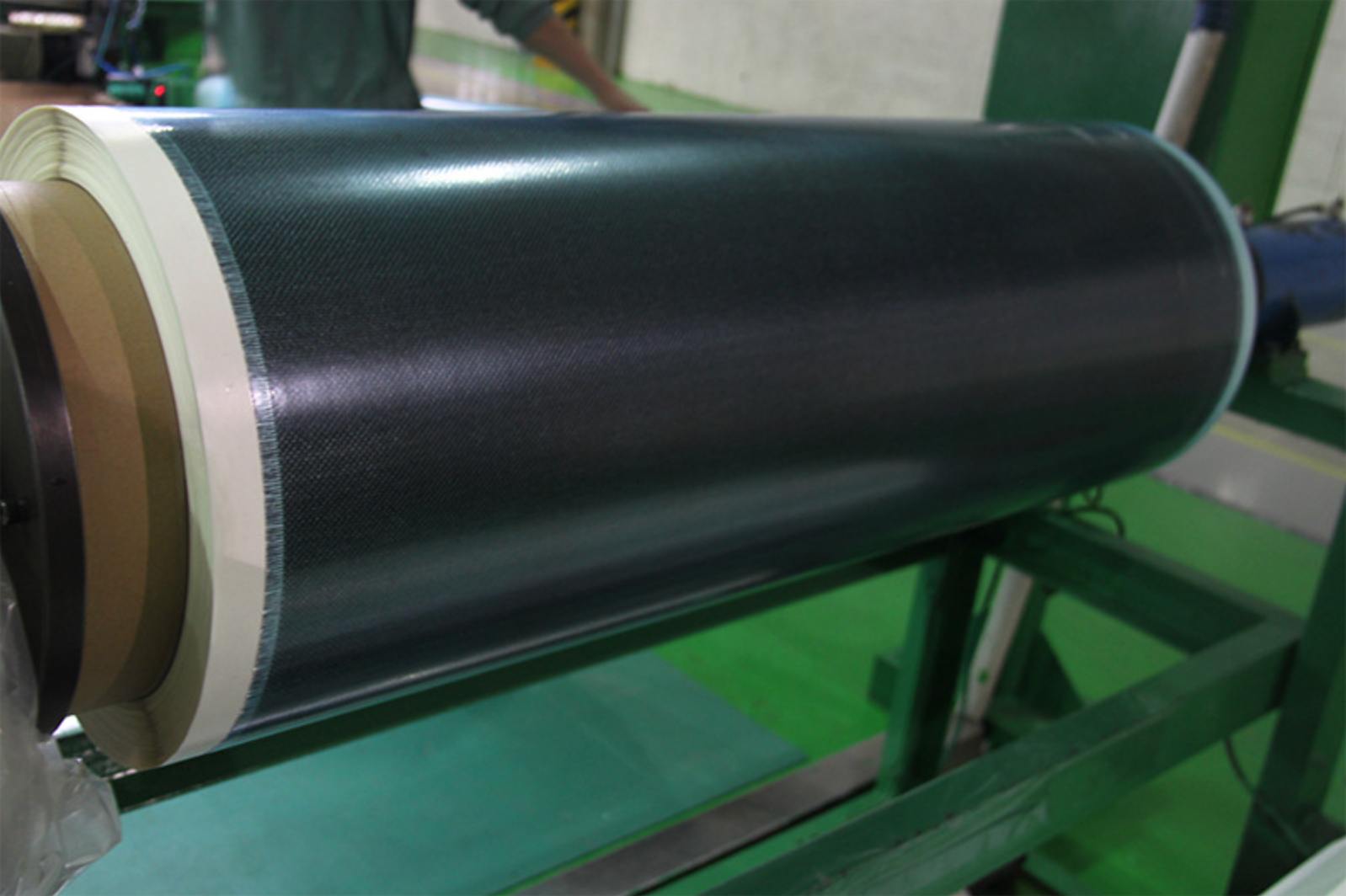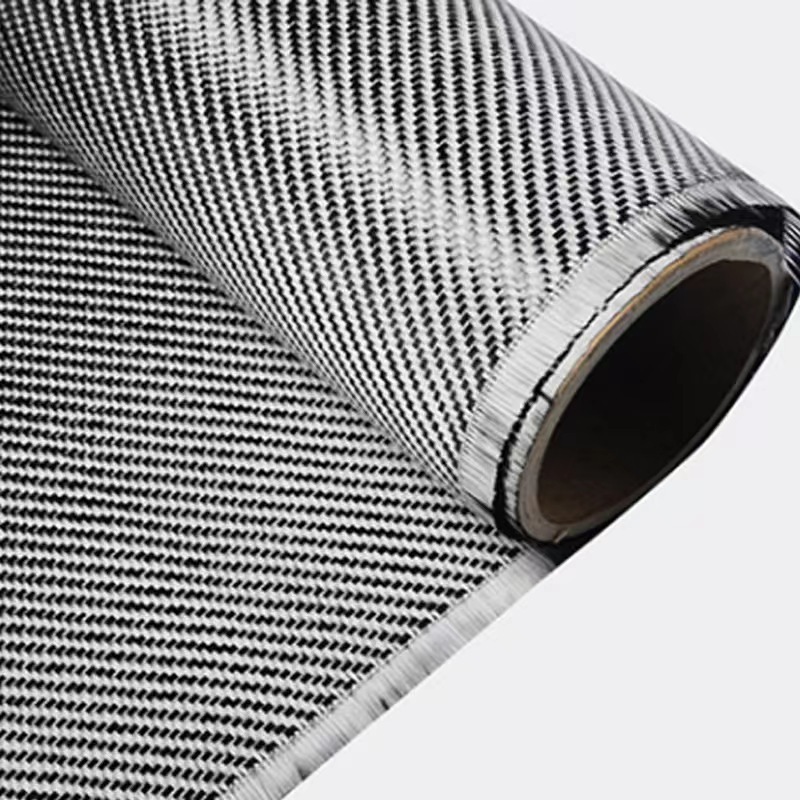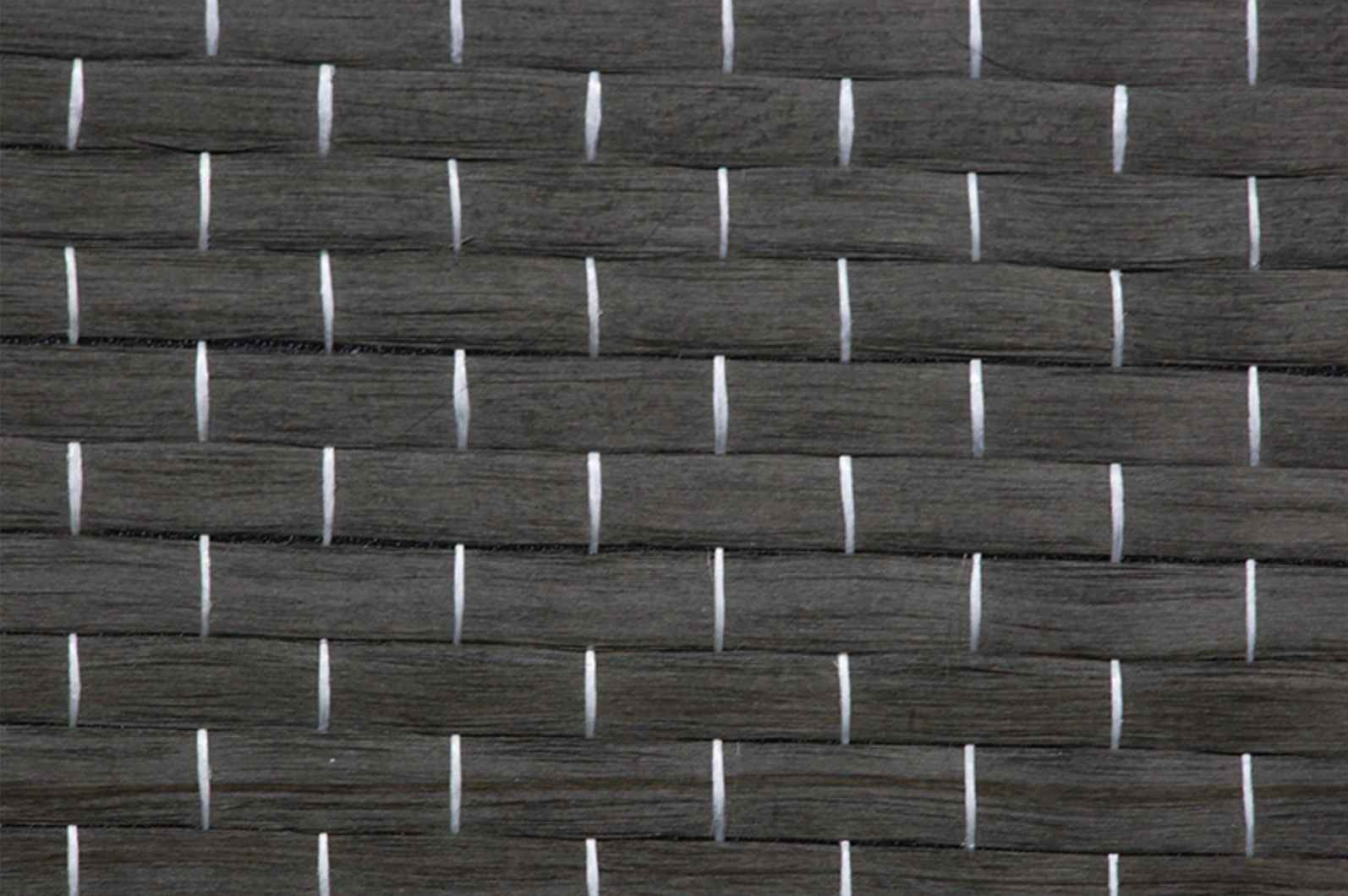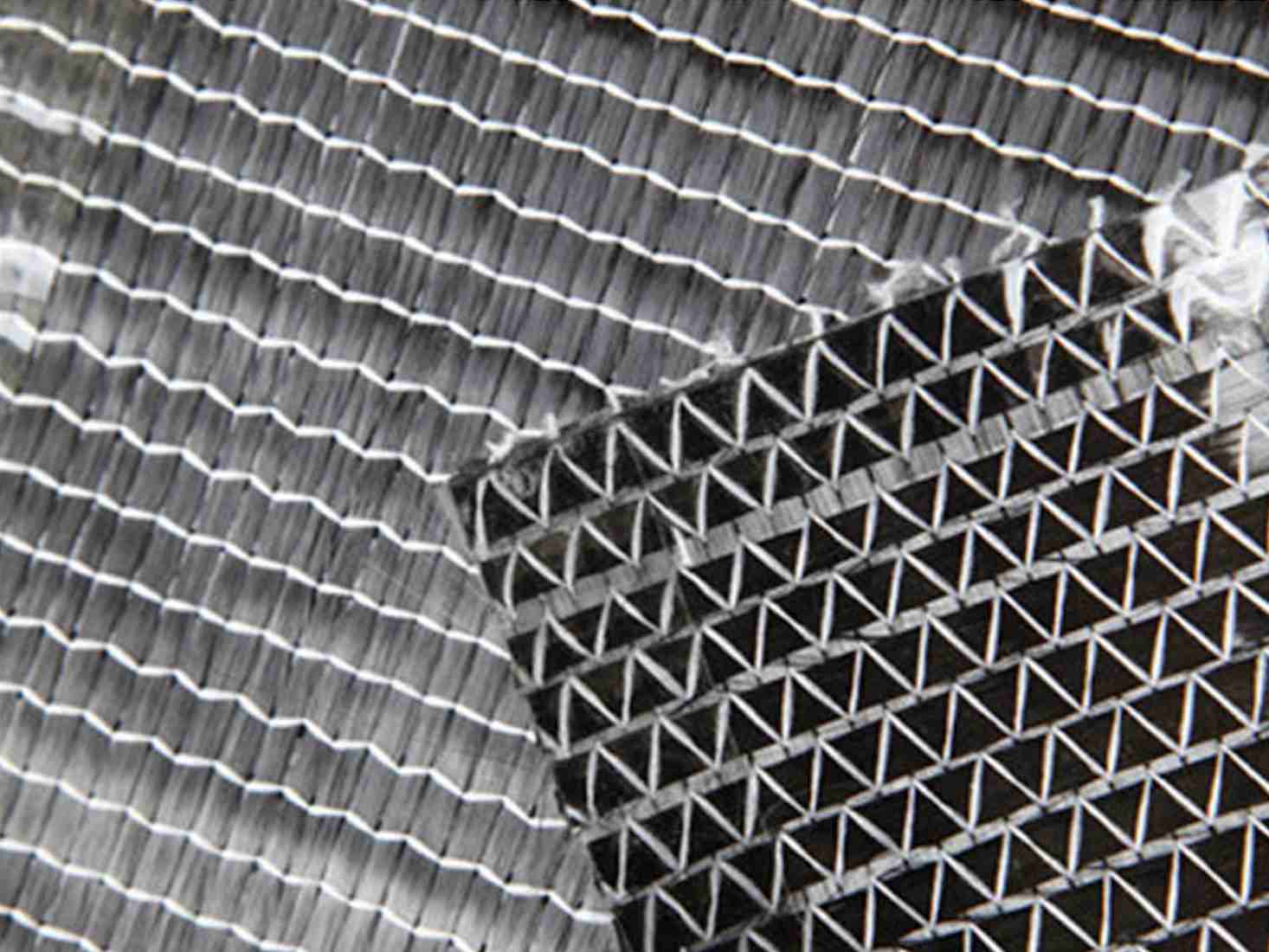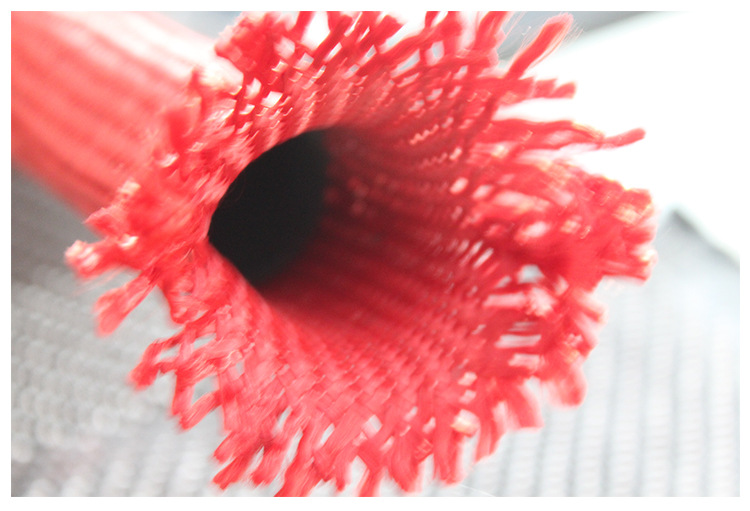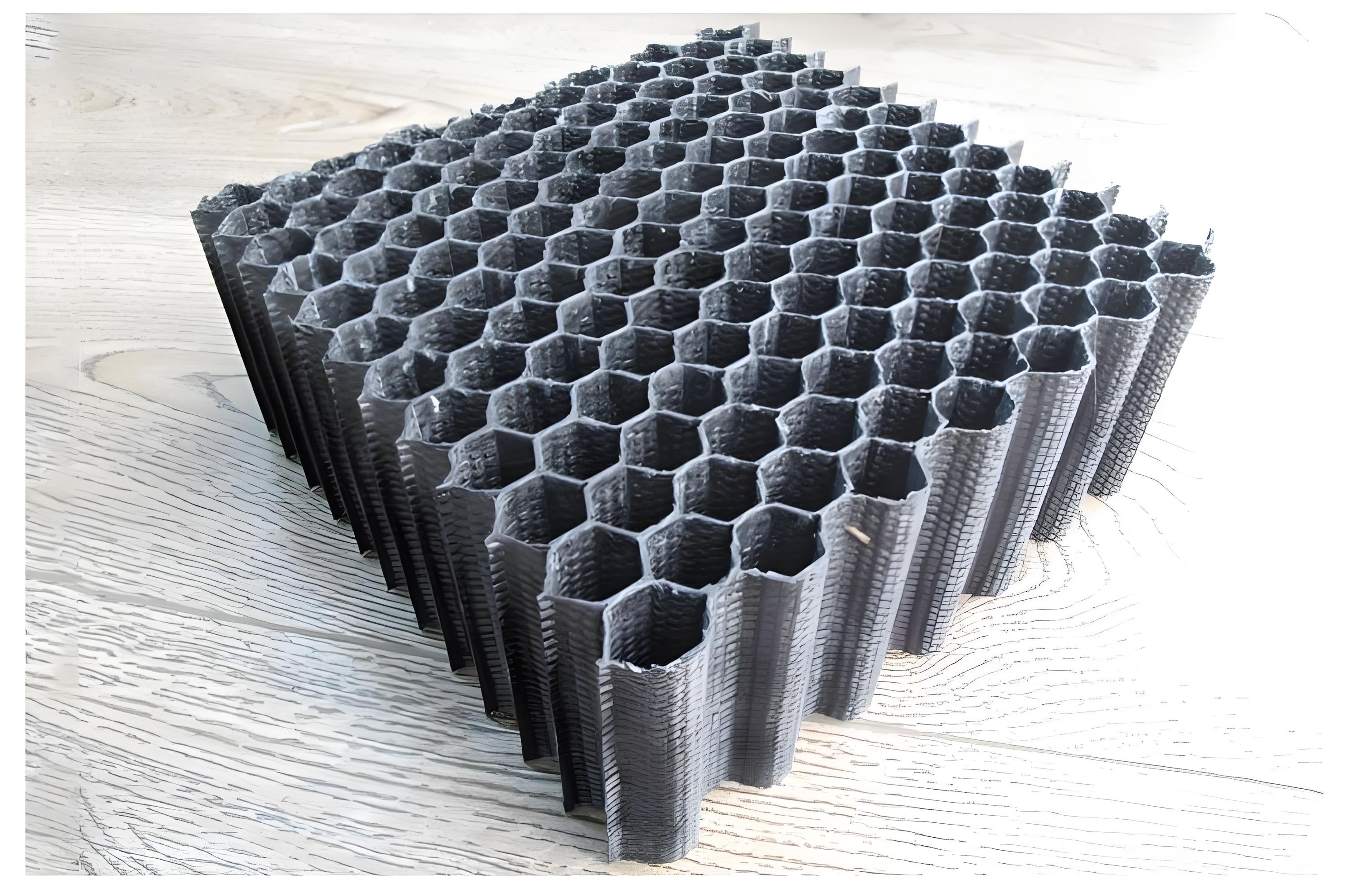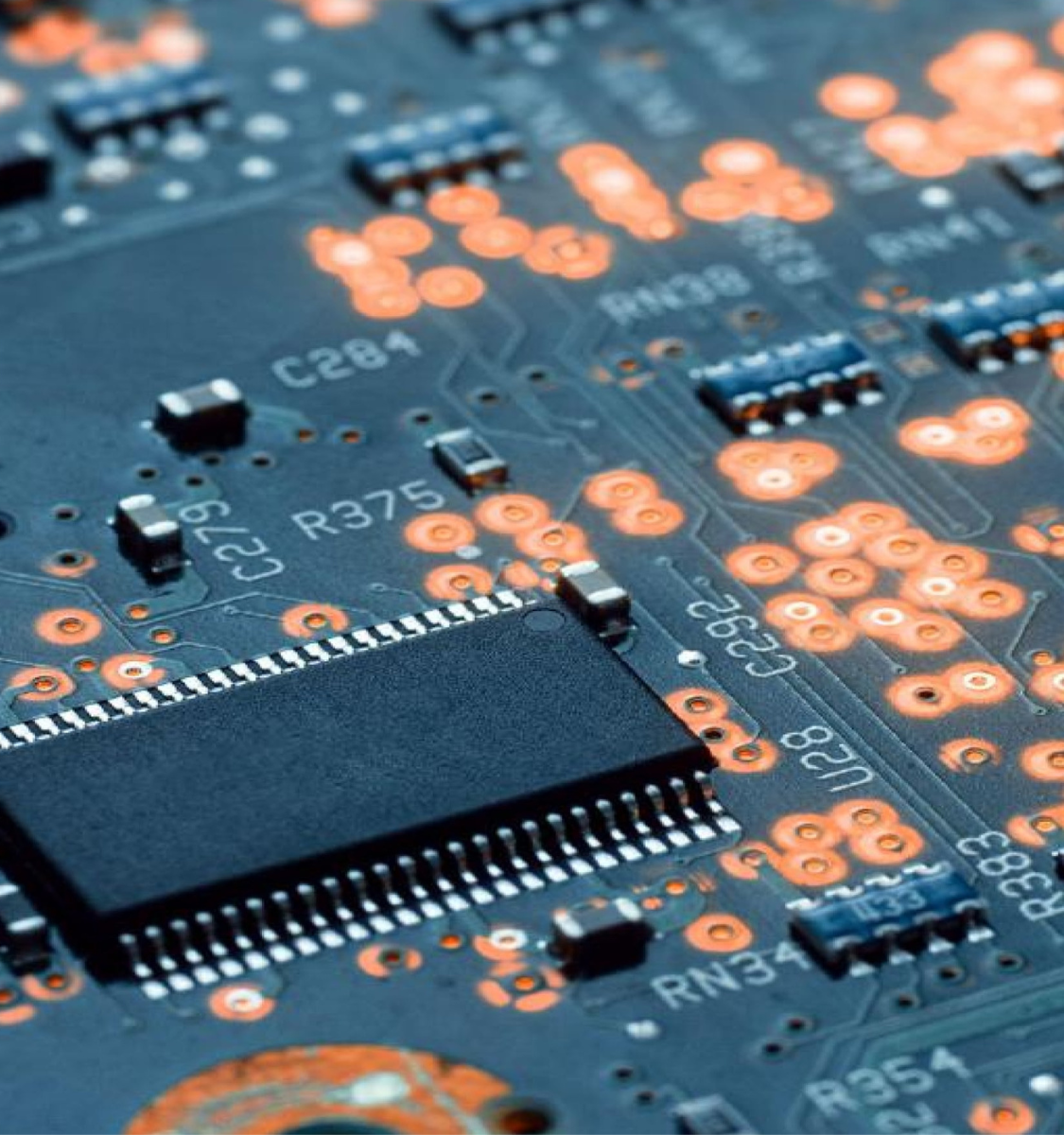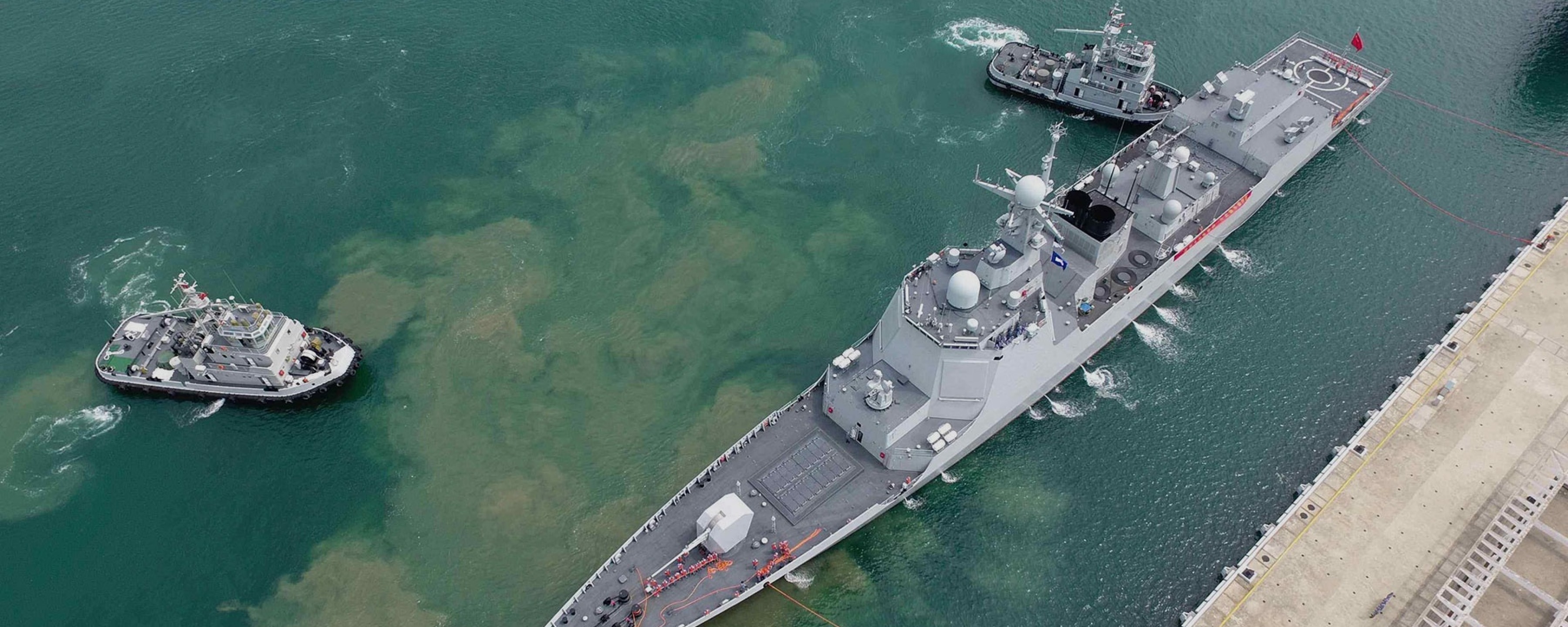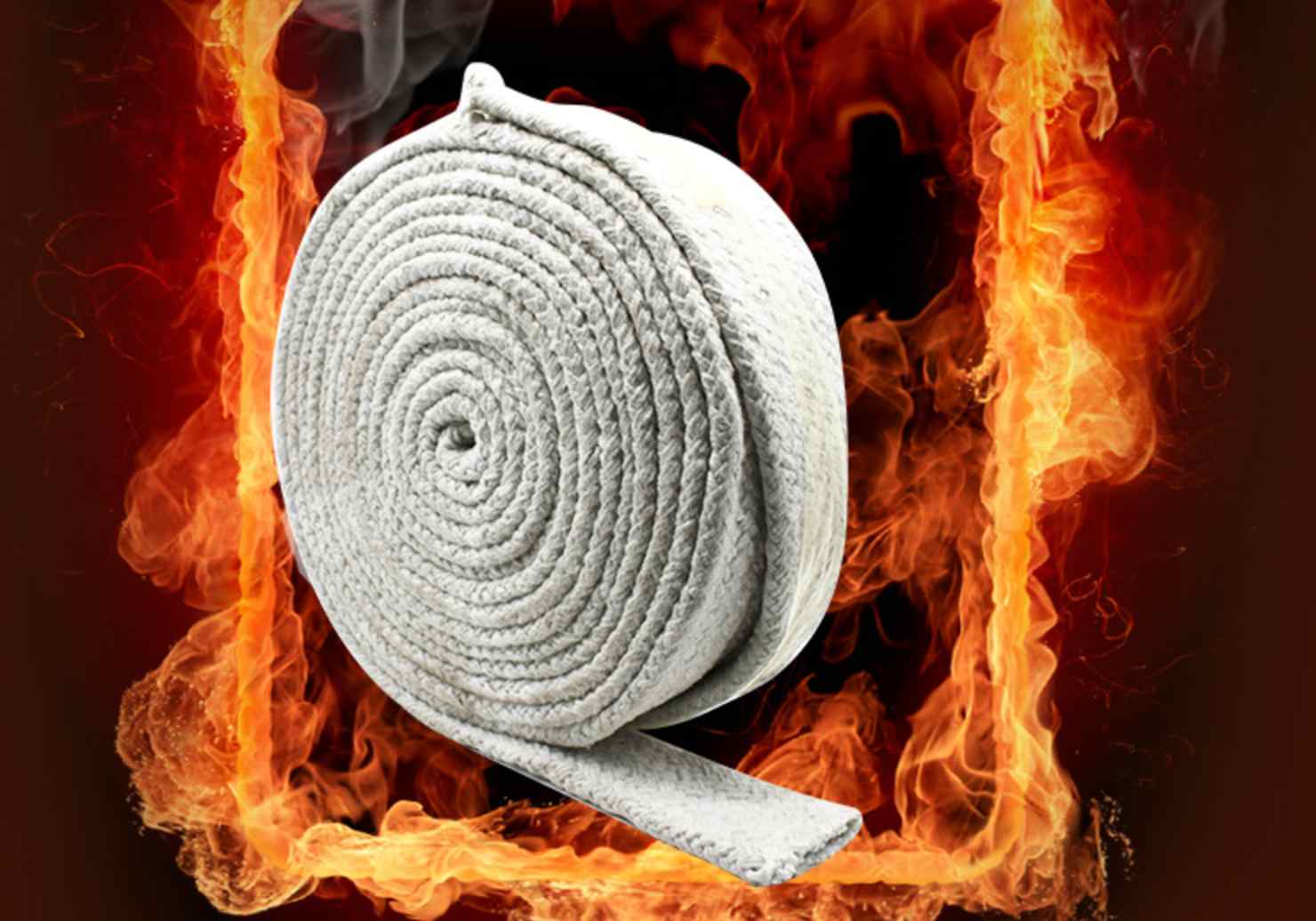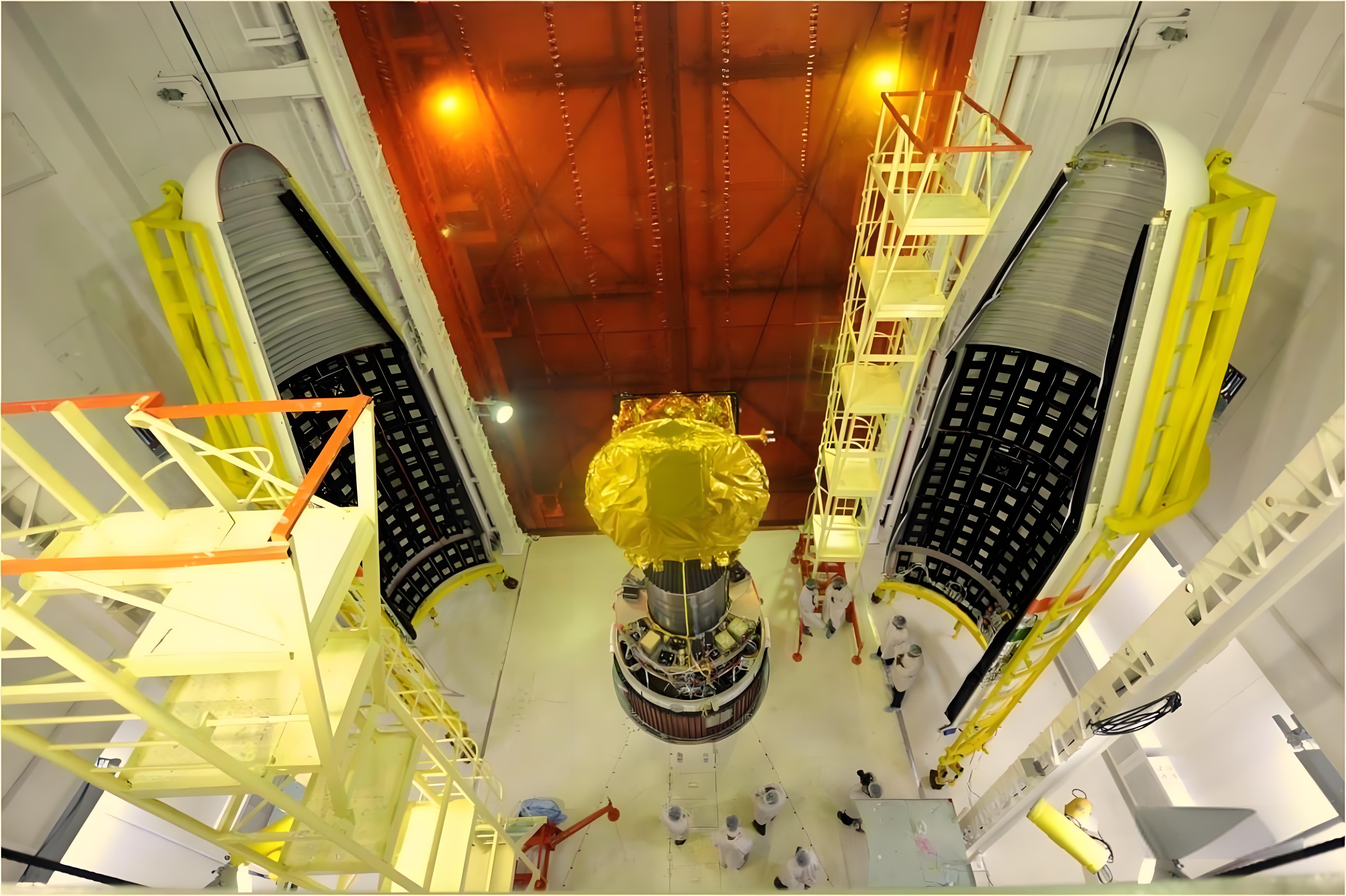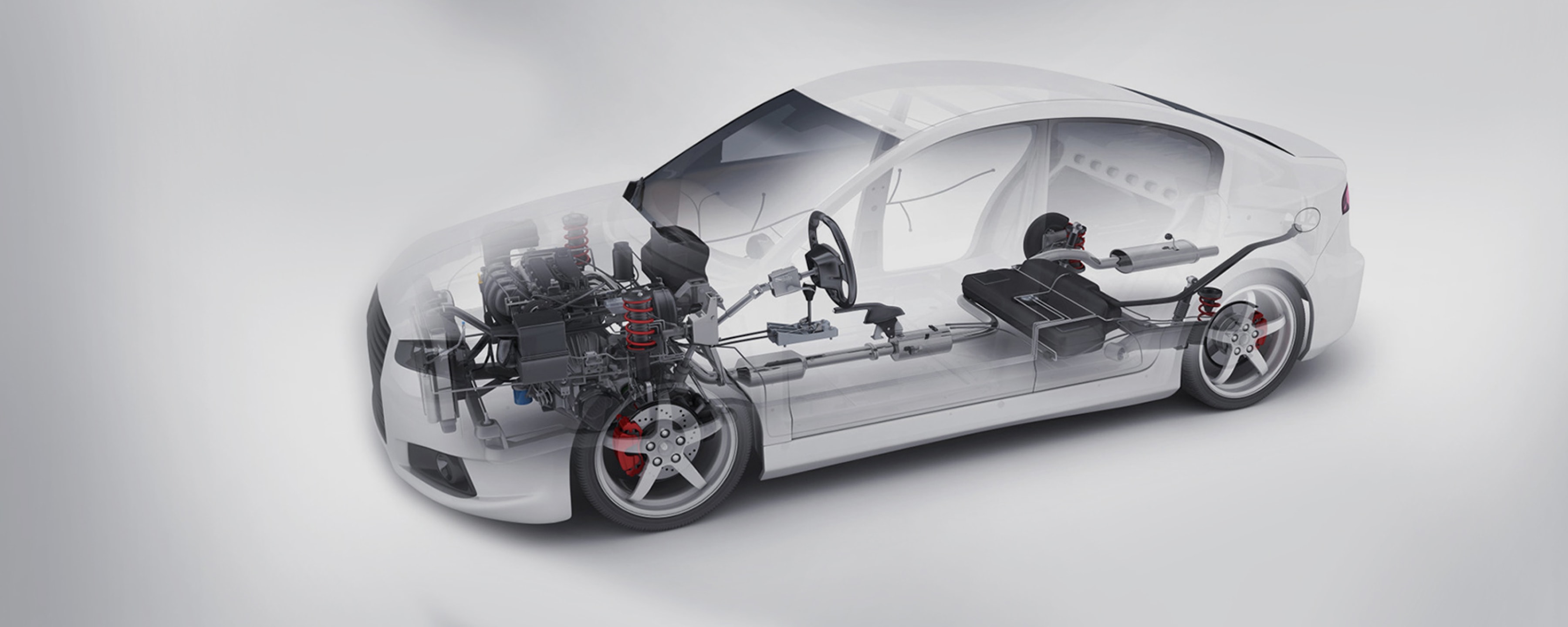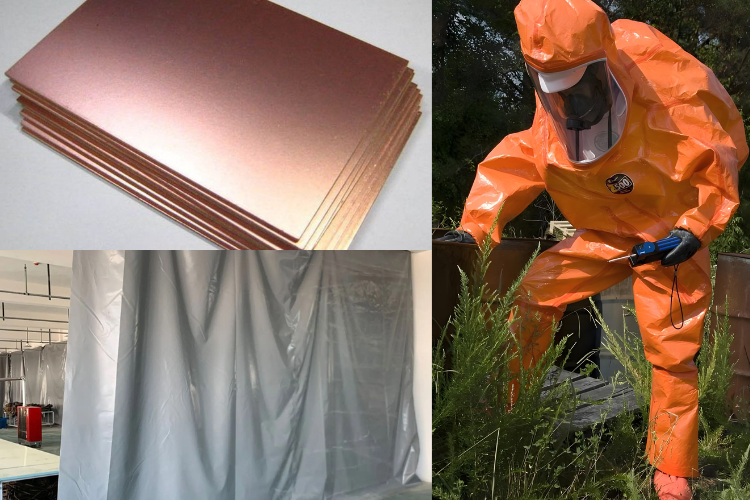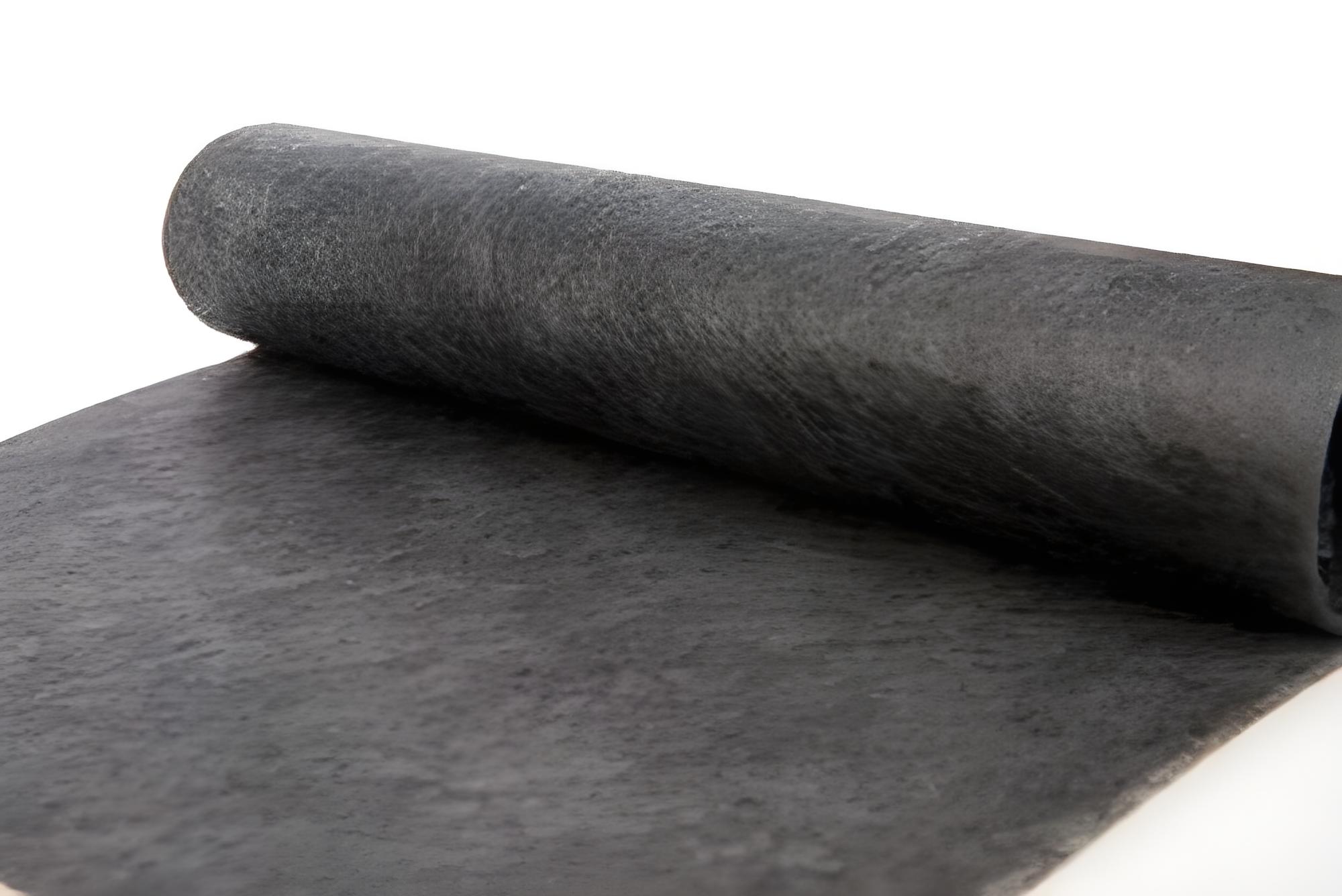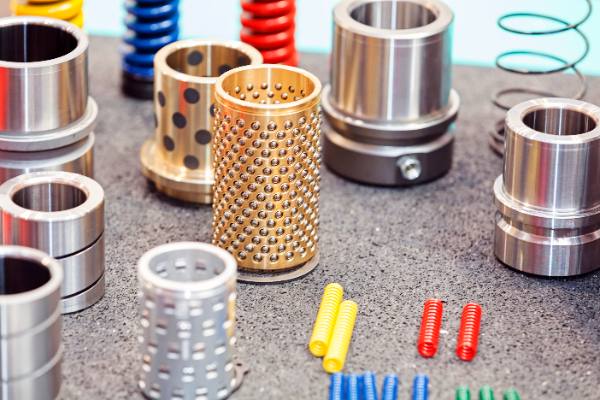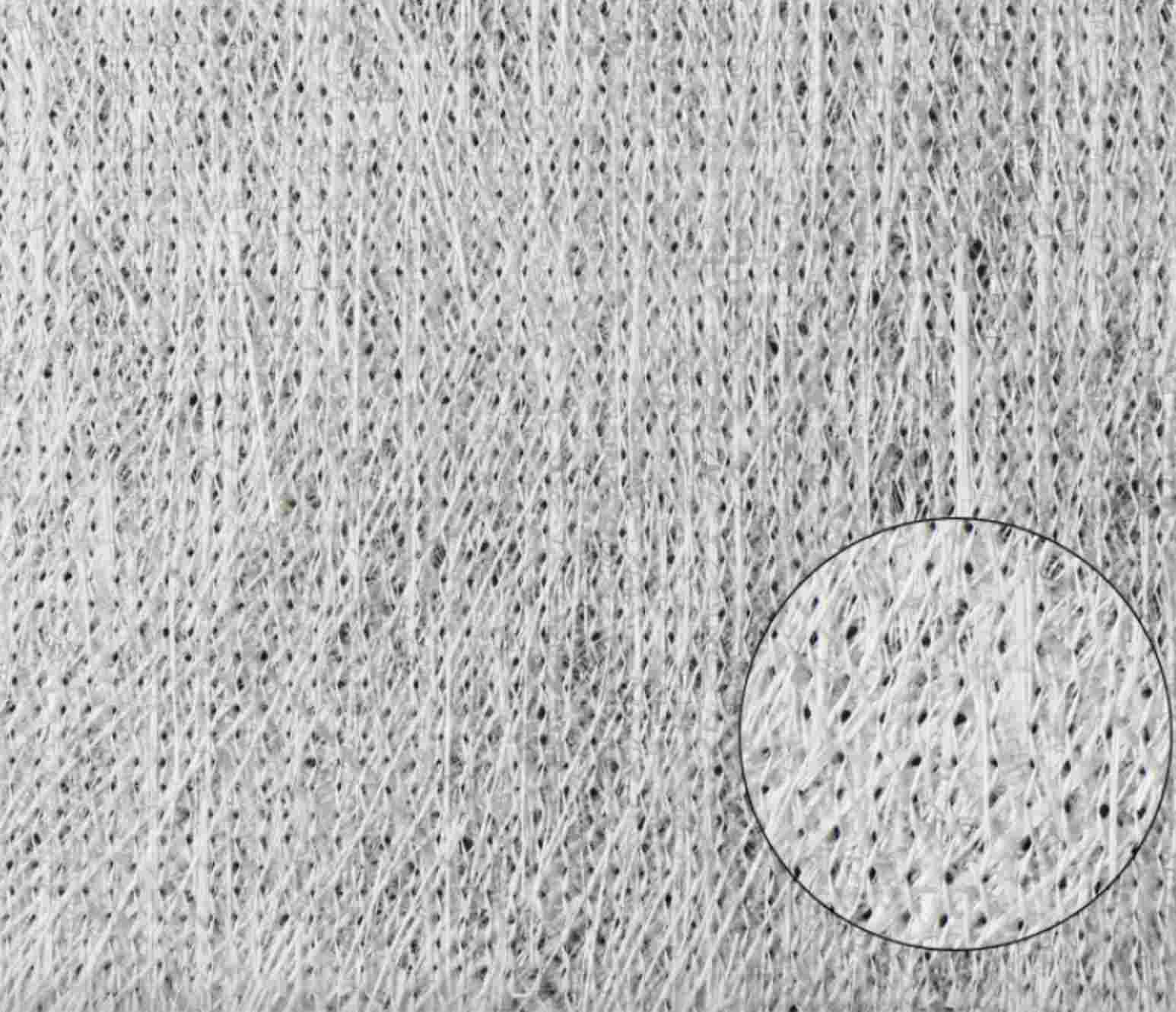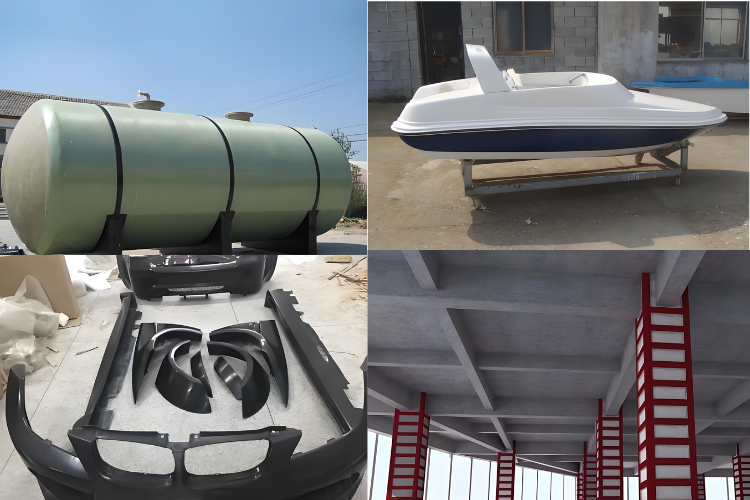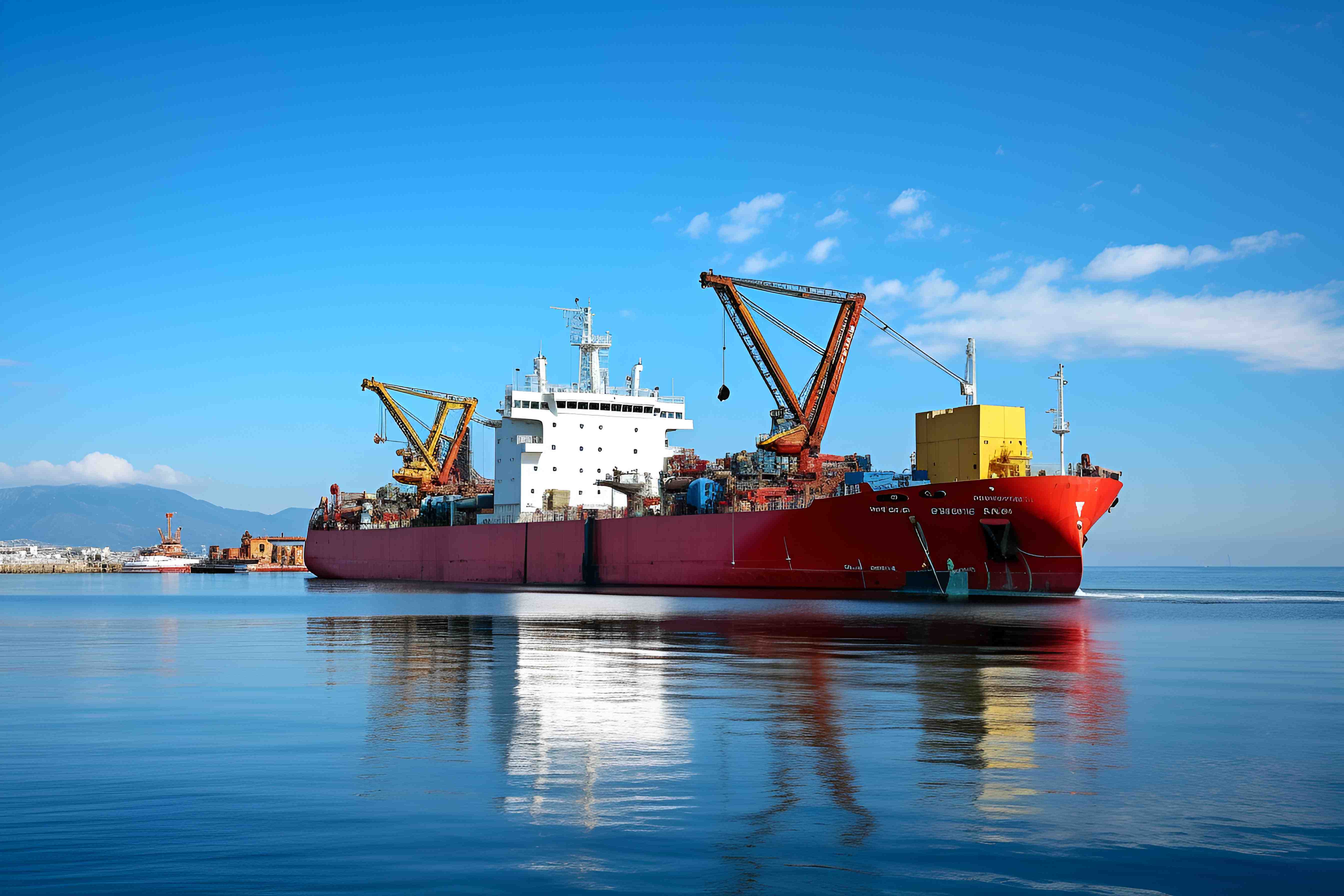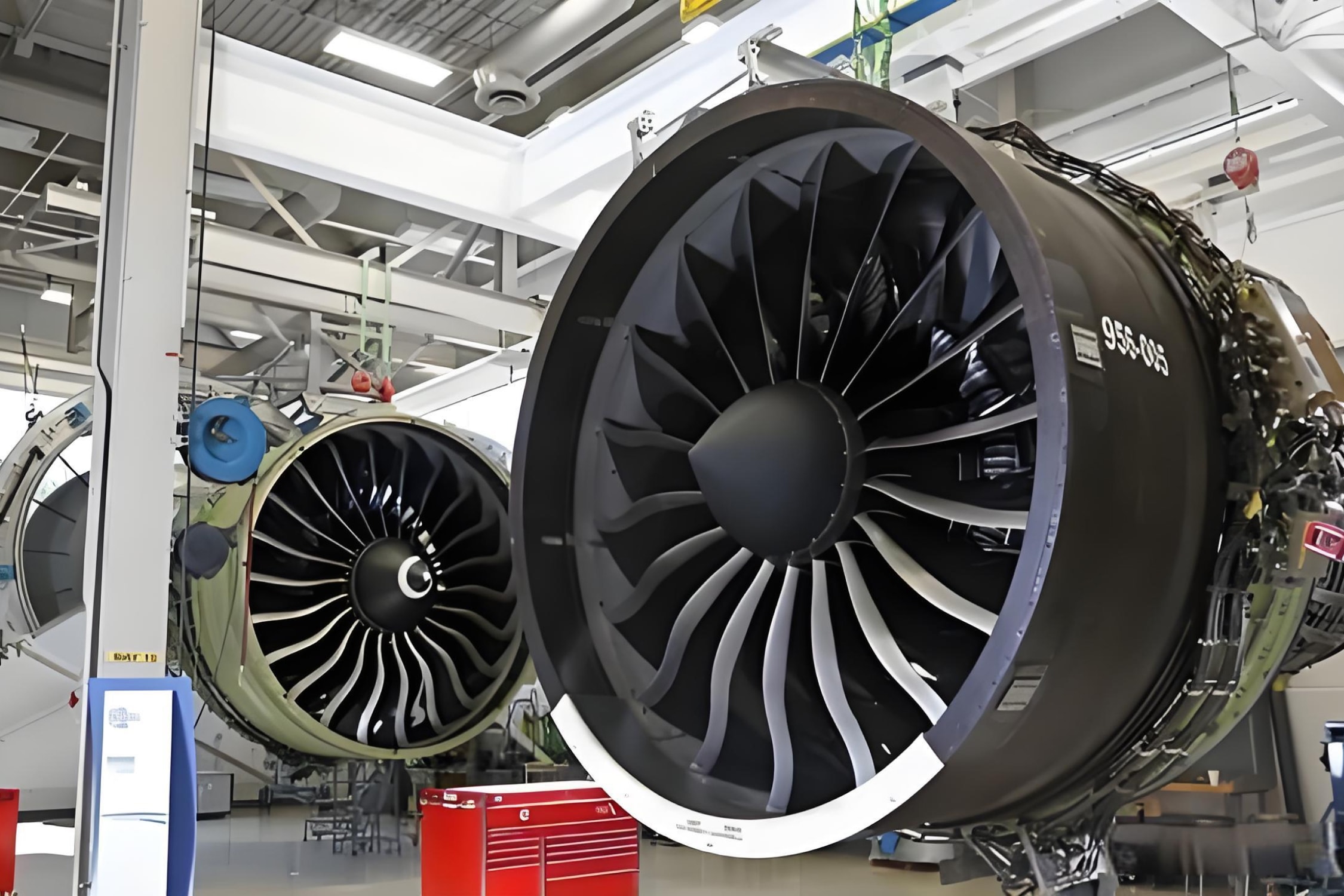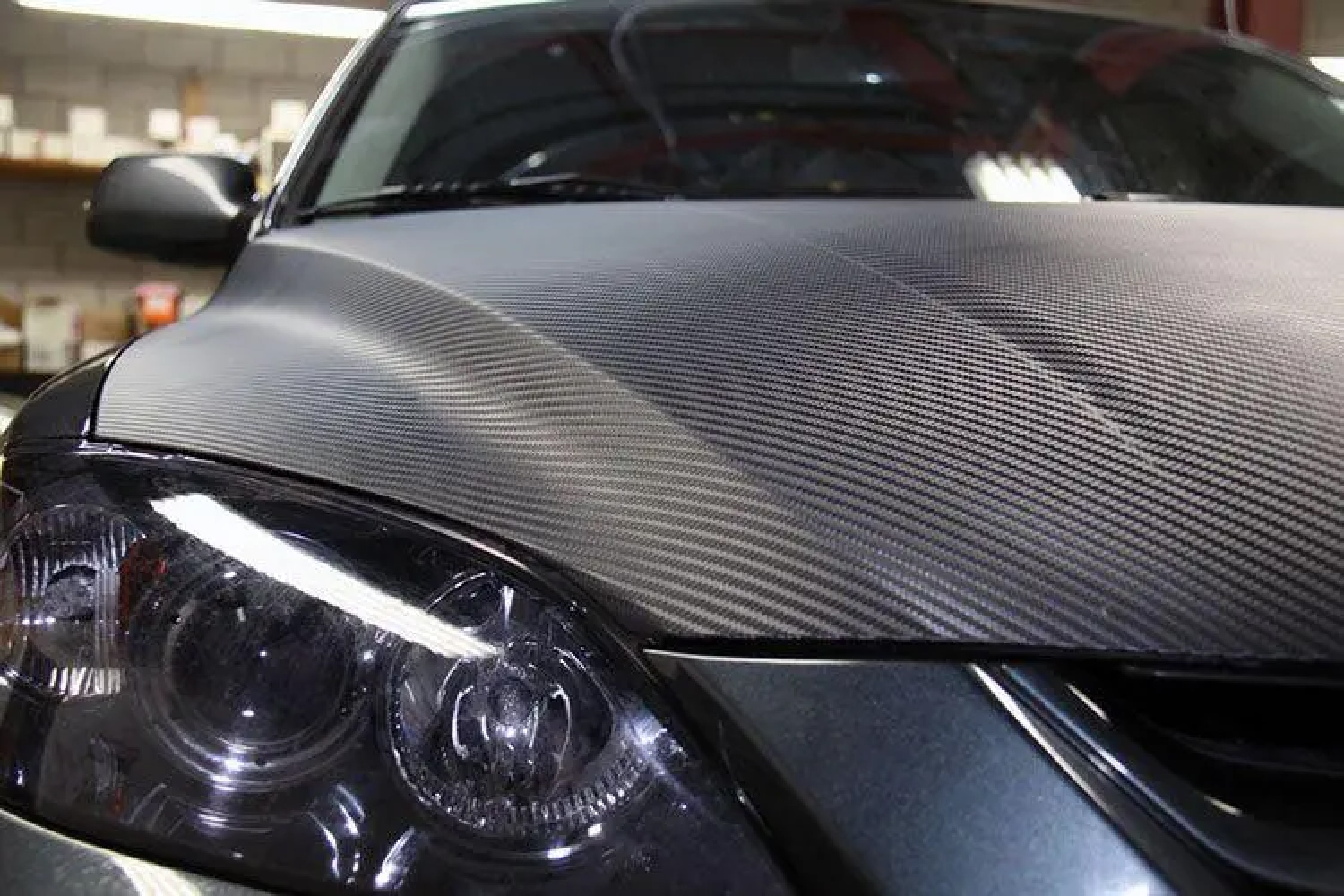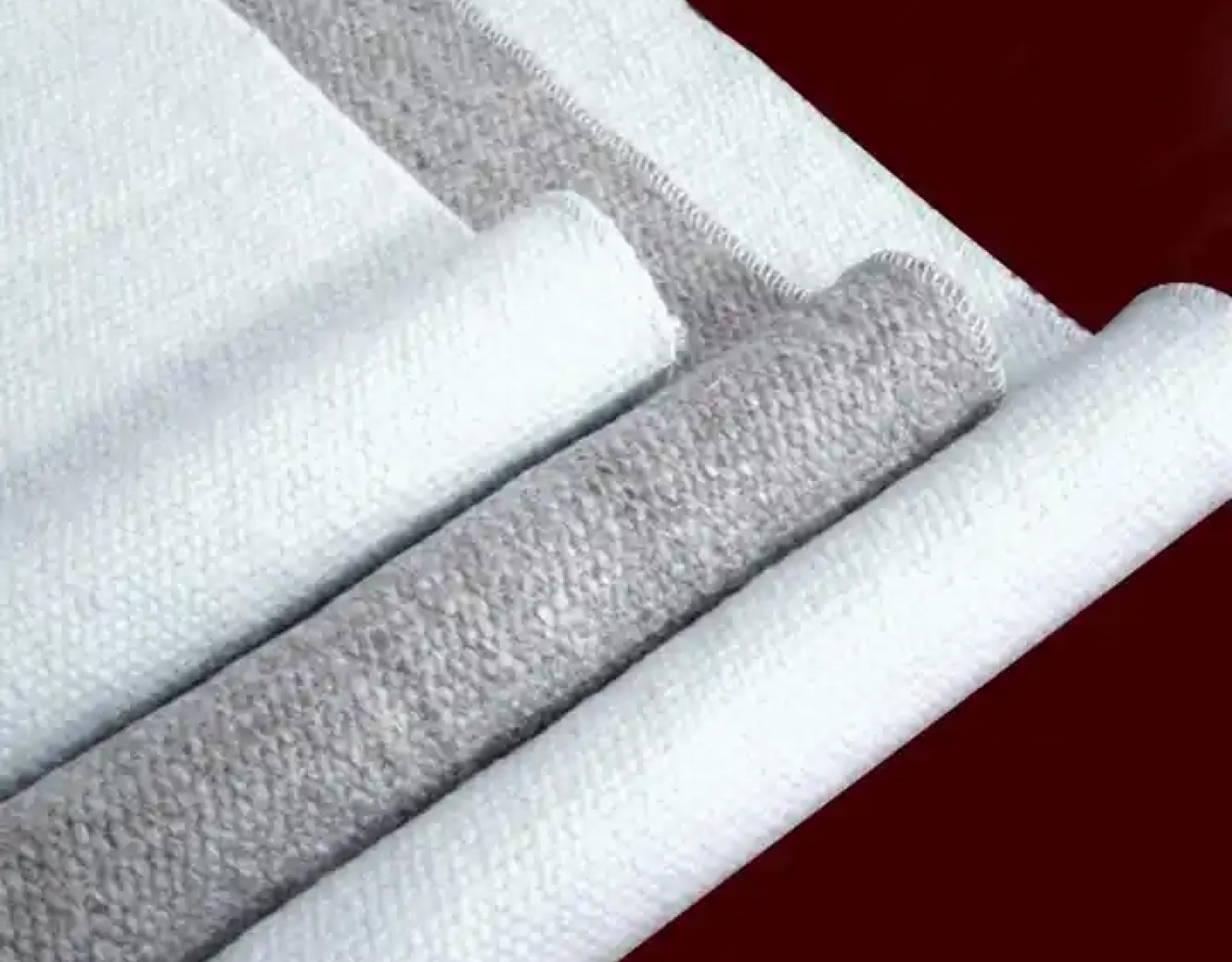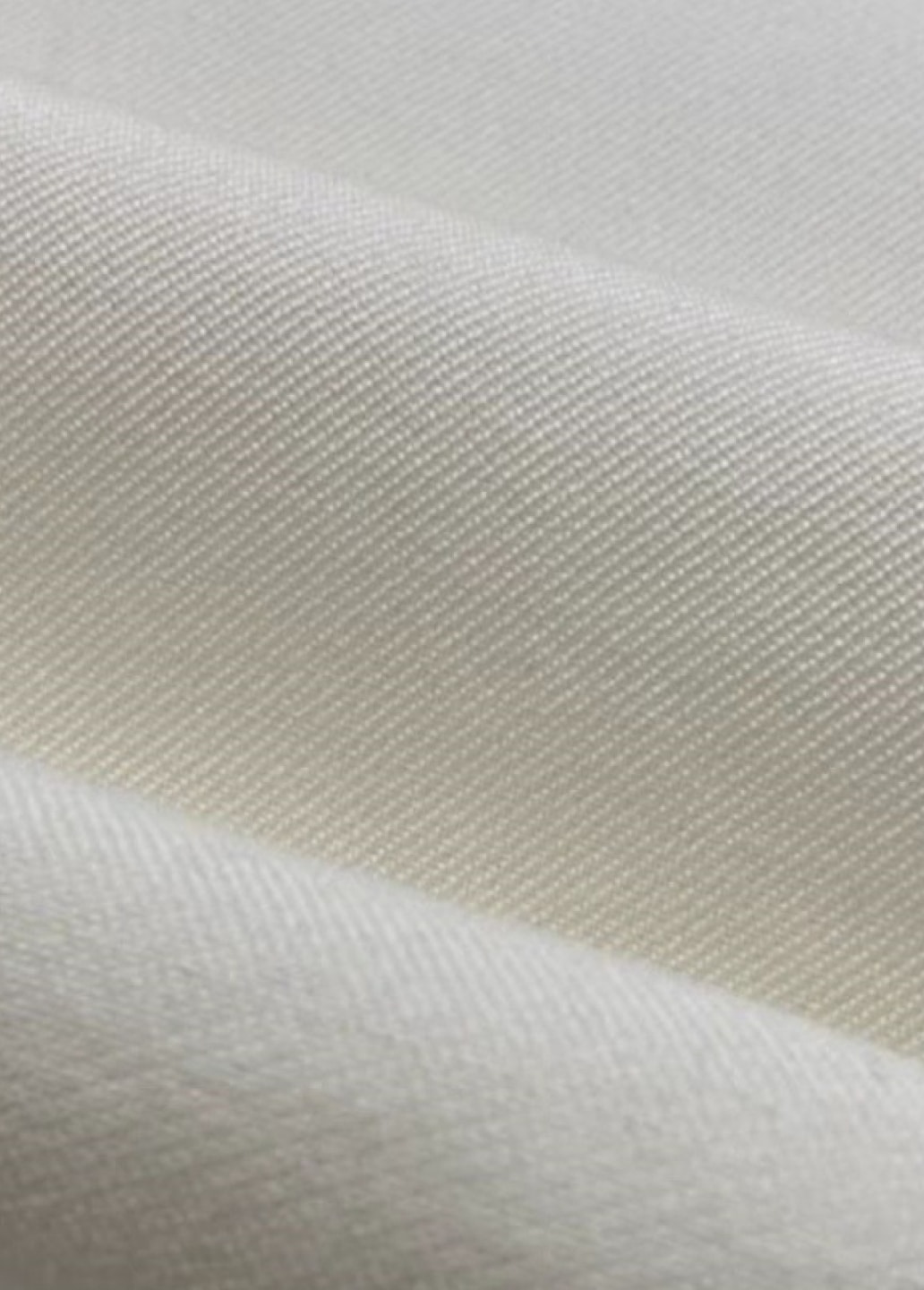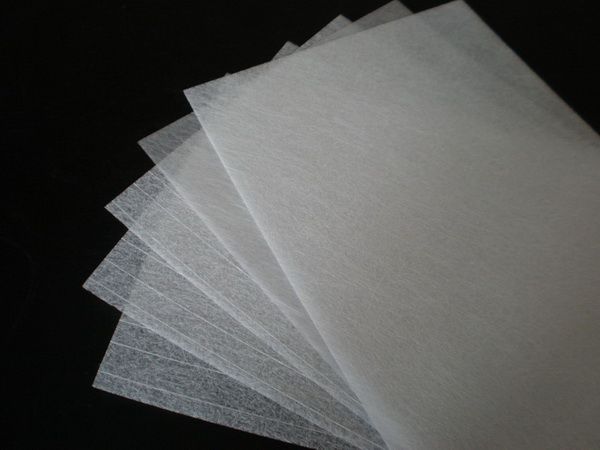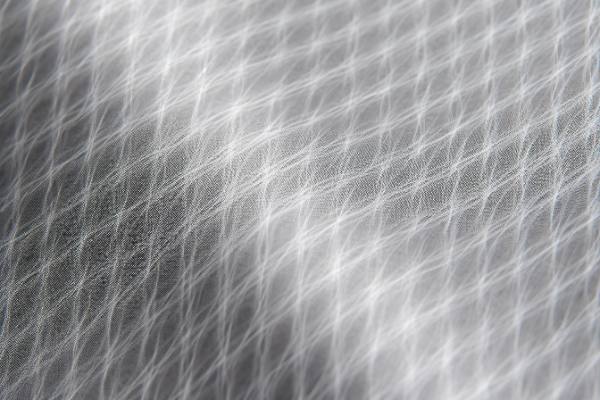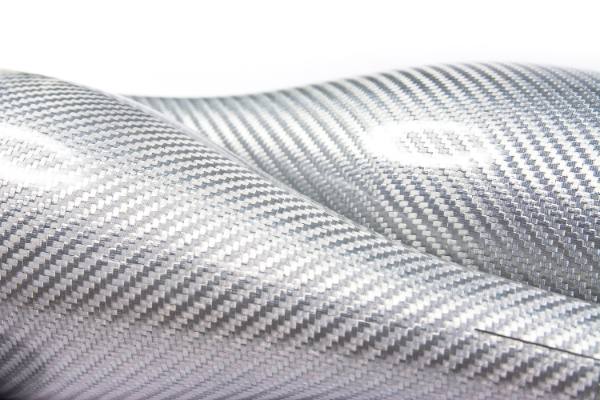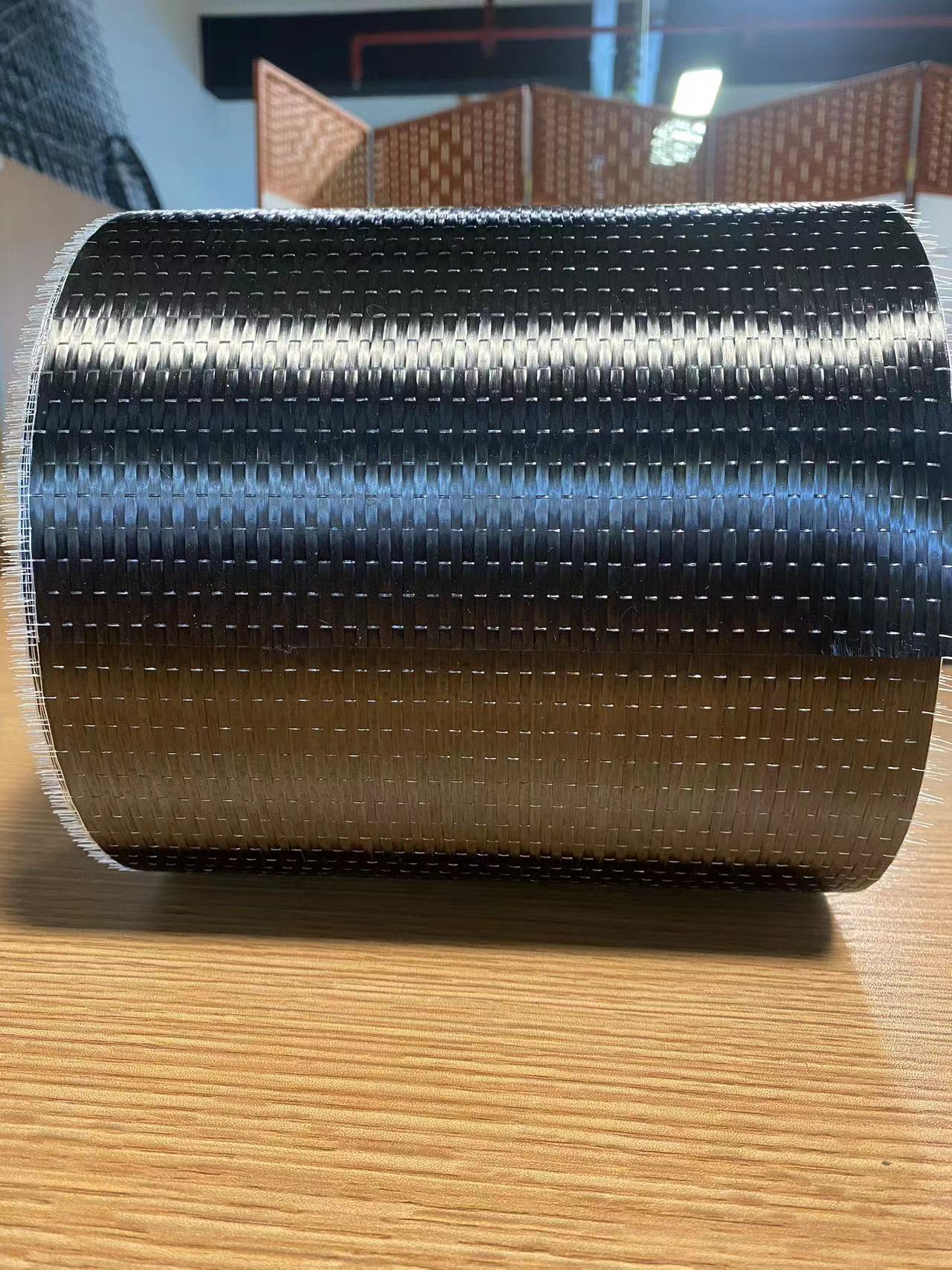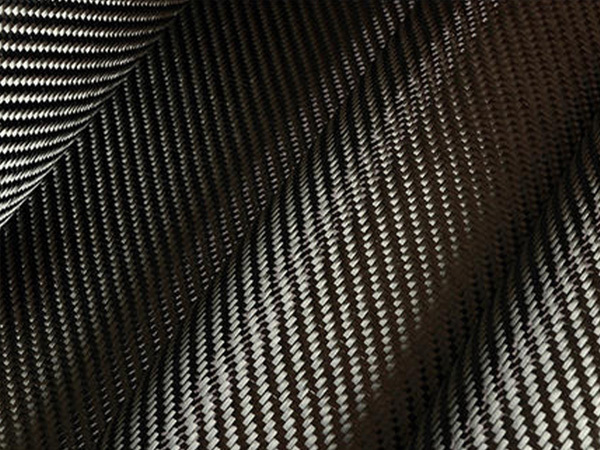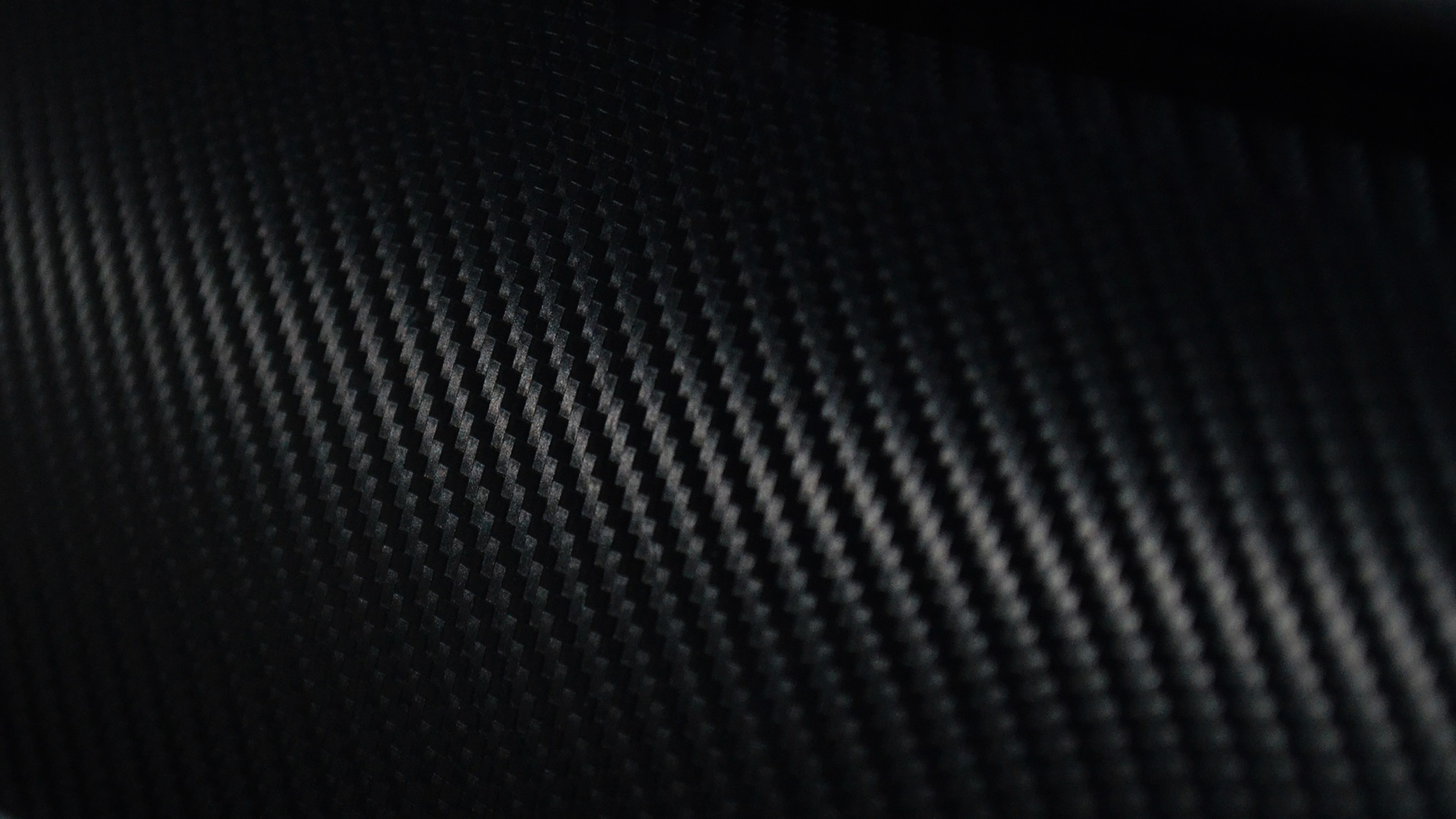+86-13732282311
merlin@xcellentcomposites.com
Let the world benefit from composite materials!
Exploring Aerospace Composites Products: Types, Applications, and Benefits
Delve into the various types of aerospace composites, including carbon fiber, glass fiber, and metal matrix composites, while exploring their diverse applications in commercial aviation, military aviation, space exploration.
Introduction
In the world of aviation, the pursuit of lightweight, durable materials has led to the rise of aerospace composites products. These innovative materials, characterized by their unique properties and versatility, have transformed aircraft design and manufacturing. The significance of aerospace composites cannot be overstated; they play a crucial role in enhancing performance, reducing fuel consumption, and improving overall aircraft efficiency.
The development of aerospace composites products began in the mid-20th century, with significant advancements made in materials science and engineering. Initially, the aerospace industry relied heavily on metals such as aluminum and titanium for their structural components. However, as the demand for more efficient and capable aircraft grew, so did the exploration of composite materials. Today, these products are integral to modern aircraft, from commercial jets to military fighter planes and spacecraft.
Types of Aerospace Composites Products
Aerospace composites products can be classified into several categories based on their matrix materials and reinforcement types. Each type offers distinct advantages and is suited to specific applications within the aerospace industry.
1.Fiber-Reinforced Composites
- Carbon Fiber Composites:
Carbon fiber reinforced composites (CFRP) are renowned for their high strength-to-weight ratio, exceptional stiffness, and fatigue resistance. These properties make them ideal for primary structural components of aircraft, including fuselages, wings, and tail sections. The aerospace industry increasingly relies on carbon fiber composites to reduce weight and improve fuel efficiency. For instance, the Boeing 787 Dreamliner extensively utilizes carbon fiber reinforced plastic (CFRP), resulting in significant reductions in weight and maintenance costs.
The manufacturing process of CFRP involves layering carbon fibers in a polymer resin matrix, which is then cured to form a solid, lightweight structure. This method allows for the creation of complex shapes that enhance aerodynamic performance. As carbon fiber technology advances, the focus is also shifting towards reducing production costs and improving the recyclability of these materials.
- Glass Fiber Composites:
Glass fiber composites are another widely used type of fiber-reinforced composite. They are generally more cost-effective than carbon fiber and offer good corrosion resistance, making them suitable for a variety of applications in the aerospace sector. Glass fiber composites are often used in secondary structures, such as cabin interiors, fairings, and aerodynamic surfaces, where extreme strength and weight savings are less critical than in primary structural components.
The production of glass fiber composites typically involves a similar layering technique as CFRP, but with glass fibers that are less expensive and easier to manufacture. While they do not provide the same level of performance as carbon fiber, their lower cost makes them an attractive option for various non-structural applications.
2.Metal Matrix Composites (MMCs)
Metal matrix composites (MMCs) consist of a metal matrix—such as aluminum or titanium—reinforced with ceramic or other fibers. These composites exhibit superior performance in high-temperature applications, making them suitable for engine components, such as turbine blades and casings. The combination of metal and ceramic materials enhances the strength and thermal stability of these composites, providing a significant advantage in demanding aerospace environments.
The manufacturing of MMCs often involves processes such as stir casting, powder metallurgy, or diffusion bonding. These techniques allow for the uniform distribution of reinforcements within the metal matrix, which results in improved mechanical properties. In aerospace, the use of MMCs is particularly valuable for components that must withstand extreme thermal and mechanical stress.
3.Polymer Matrix Composites (PMCs)
Polymer matrix composites (PMCs) utilize polymers as the matrix material, combined with reinforcing fibers, typically carbon or glass. PMCs are highly versatile and can be tailored for a wide range of aerospace applications. They are particularly valued for their lightweight characteristics and resistance to corrosion. Common applications include radomes, which protect radar systems while minimizing interference, and various structural parts in both commercial and military aircraft.
The variety of polymers used in PMCs can range from thermosetting resins, which harden upon curing, to thermoplastics that can be remolded upon heating. This flexibility allows manufacturers to optimize the properties of PMCs for specific applications, balancing factors like cost, performance, and ease of manufacturing.
4.Natural Fiber Composites
Natural fiber composites are gaining traction in the aerospace sector due to their sustainability and environmental benefits. These composites use renewable materials, such as hemp, flax, or jute, as reinforcements. While still in the developmental stage for aerospace applications, natural fiber composites show promise for use in non-structural components and interior fittings, aligning with the industry's shift toward eco-friendly practices.
The advantages of natural fibers include their biodegradability, lower density, and reduced energy consumption during production. Researchers are exploring ways to improve the mechanical properties of natural fiber composites through treatments and hybridization with synthetic fibers, potentially leading to broader applications in aerospace.
5.Nanocomposites
Nanocomposites incorporate nanomaterials, such as carbon nanotubes or nanosilica, to enhance specific properties like strength, thermal stability, and electrical conductivity. The potential applications of nanocomposites in aerospace are vast, including lightweight structural components, advanced thermal protection systems, and even multifunctional materials that can sense and respond to environmental changes.
The incorporation of nanomaterials can significantly improve the mechanical properties of composites, often at minimal weight increases. This technology is still emerging, and ongoing research aims to explore the full range of benefits nanocomposites can bring to the aerospace industry, particularly in the development of smart materials.
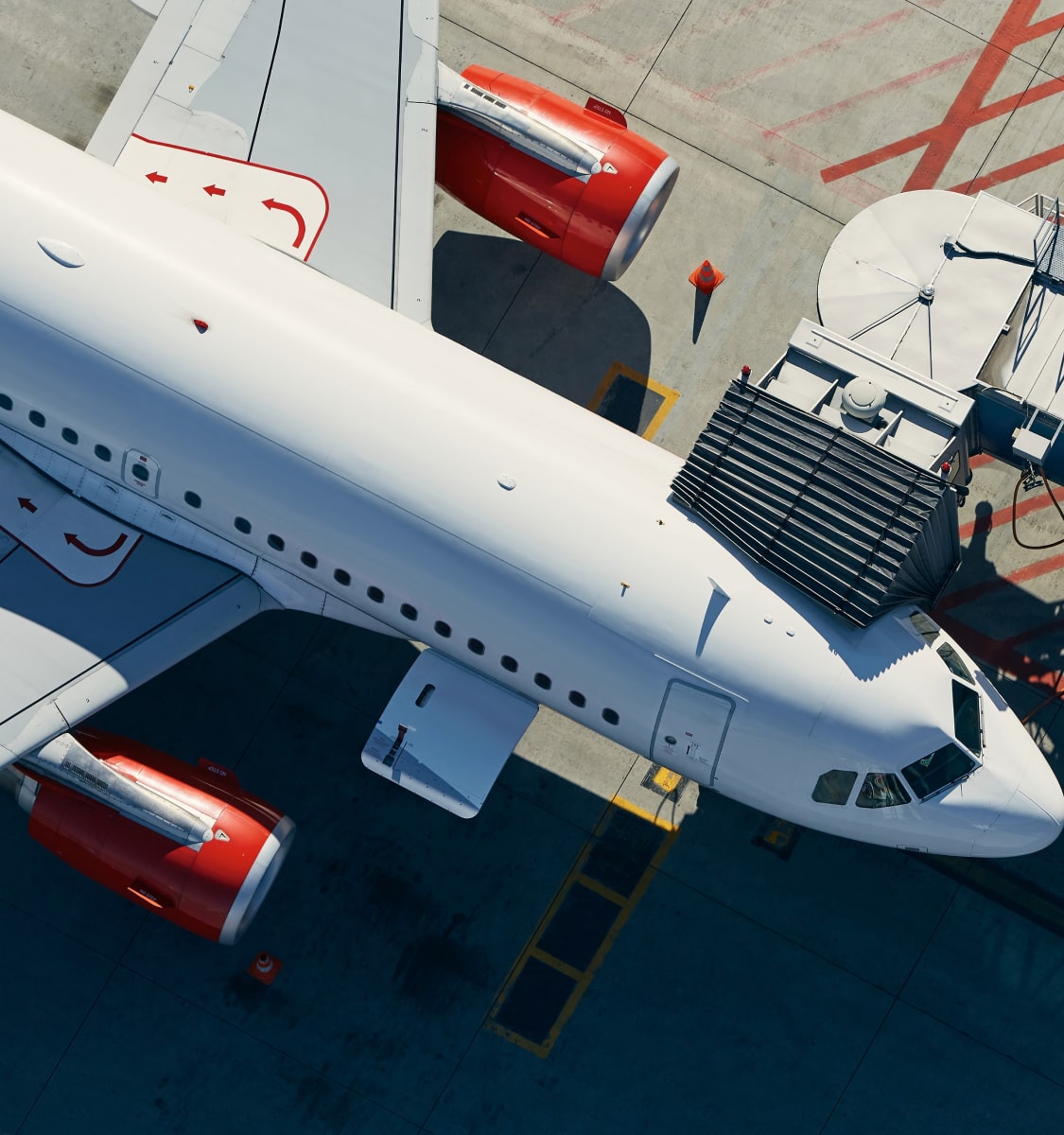
Applications of Aerospace Composites Products
The versatility of aerospace composites products has led to their adoption across various sectors within the aviation industry. Their ability to enhance performance, reduce weight, and improve fuel efficiency has made them invaluable.
Commercial Aviation
In commercial aviation, aerospace composites products are crucial for reducing aircraft weight and improving fuel efficiency. The Boeing 787 Dreamliner and Airbus A350 are prime examples of aircraft that leverage the benefits of composites. The extensive use of carbon fiber reinforced composites in their structures results in lighter aircraft that consume less fuel, thereby lowering operational costs and environmental impact.
The transition to composite materials has allowed manufacturers to achieve weight savings of up to 20-30% compared to traditional aluminum structures. This reduction in weight not only improves fuel economy but also enhances range and payload capacity, making commercial flights more efficient.
Military Aviation
The military sector has also embraced aerospace composites for their performance advantages. Advanced military aircraft, such as the F-22 Raptor and F-35 Lightning II, utilize composites extensively to enhance stealth capabilities, reduce radar cross-sections, and improve maneuverability. The durability and lightweight nature of these materials allow military planes to perform optimally in demanding conditions while maintaining mission readiness.
In addition to structural components, composites are also used in military helicopters and unmanned aerial vehicles (UAVs), where reducing weight is critical for enhancing flight performance and operational capabilities. The integration of advanced composites into military aviation continues to evolve, with ongoing research into new materials and applications.
Space Exploration
In space exploration, the demands for lightweight and high-performance materials are even more critical. Aerospace composites products are used in spacecraft to minimize weight while providing thermal protection and structural integrity. NASA's Mars rovers, for instance, utilize composite materials to withstand extreme conditions and contribute to mission success.
The harsh environment of space requires materials that can endure high radiation levels and thermal fluctuations. Composites provide a solution by offering robust protection against these challenges, making them essential for satellites, space probes, and manned spacecraft.
Unmanned Aerial Vehicles (UAVs)
The growing use of unmanned aerial vehicles (UAVs) in both military and commercial applications has further propelled the demand for aerospace composites. UAVs benefit from the lightweight and durable nature of composite materials, allowing for improved aerodynamics and increased payload capacity. As the UAV market expands, the reliance on aerospace composites is expected to increase significantly.
The versatility of composites in UAV applications includes not only structural components but also skins, wings, and propellers, which all contribute to enhanced flight performance. The ability to produce UAVs that are both lightweight and resilient is driving innovation in the design and manufacturing of these aircraft.
General Aviation and Private Aircraft
In general aviation, aerospace composites are becoming increasingly popular in small aircraft due to their lightweight and performance advantages. Private aircraft manufacturers are adopting composites to create models that are not only lighter but also more fuel-efficient, translating to lower operational costs for owners.
The use of composites in general aviation can lead to improved flight characteristics, reduced noise, and increased comfort for passengers. Manufacturers are also exploring ways to enhance the aesthetic qualities of composite interiors, offering more customization options for private aircraft owners.
Benefits of Aerospace Composites Products
Aerospace composites products offer a range of benefits that make them a preferred choice in modern aviation.
Weight Reduction
One of the most significant advantages of aerospace composites is their ability to reduce weight. By utilizing lighter materials, aircraft can achieve higher fuel efficiency and increased payload capacity. This weight reduction directly contributes to lower operational costs and reduced environmental impact.
For example, a 20% reduction in aircraft weight can lead to a 5-10% improvement in fuel efficiency, translating into significant cost savings over the life of the aircraft. Additionally, lighter aircraft can operate more efficiently, allowing airlines to increase capacity without necessitating additional flights.
Enhanced Durability and Resistance
Aerospace composites are inherently more resistant to corrosion, fatigue, and environmental factors than traditional materials like aluminum. This durability translates into reduced maintenance requirements and longer service life for aircraft components. The ability of composites to withstand harsh environments makes them ideal for both military and commercial aviation applications.
Furthermore, the fatigue resistance of composites means that they can endure the cyclic loading conditions experienced during flight without compromising structural integrity. This attribute not only enhances safety but also reduces maintenance downtime and costs.
Design Flexibility and Aesthetics
The versatility of composite materials allows for greater design freedom, enabling manufacturers to create complex shapes and aerodynamic profiles that enhance aircraft performance. This design flexibility also extends to aesthetic considerations, with composites allowing for more visually appealing finishes and customizable interiors.
As aircraft designs evolve, the ability to incorporate innovative shapes and features is crucial for maintaining competitiveness in the market. Composites facilitate this creativity, allowing manufacturers to differentiate their products through both functionality and aesthetics.
Improved Fuel Efficiency
By reducing weight and enhancing aerodynamics, aerospace composites significantly contribute to improved fuel efficiency. The aviation industry faces increasing pressure to minimize its carbon footprint, and composites play a crucial role in achieving sustainability goals. The use of composite materials in aircraft design directly impacts fuel consumption and emissions, aligning with global initiatives to promote greener aviation.
As regulatory requirements tighten and consumer demand for sustainability grows, the adoption of aerospace composites will likely continue to increase, paving the way for a more eco-friendly future in aviation.
Cost-Effectiveness in the Long Run
While the initial costs of aerospace composites can be higher than traditional materials, the long-term benefits often outweigh these expenses. The combination of reduced maintenance, improved fuel efficiency, and enhanced durability leads to lower operational costs over the aircraft's lifecycle.
Moreover, as advancements in manufacturing processes reduce production costs, the economic viability of composites will improve, making them increasingly attractive to manufacturers and operators alike. This cost-effectiveness ensures that aerospace composites will remain a key component of future aircraft designs.

Conclusion
Aerospace composites products are revolutionizing the aviation industry by providing lightweight, durable, and efficient materials that enhance aircraft performance. As the demand for sustainable and cost-effective solutions continues to grow, the role of composites in aerospace will become even more critical.
With a wide range of applications, from commercial aviation to space exploration, the potential for aerospace composites is vast. Ongoing research and innovation will further unlock new possibilities, ensuring that these materials remain at the forefront of aerospace engineering.
By understanding the types, applications, and benefits of aerospace composites, industry stakeholders can harness their full potential, leading to advancements in aircraft design and performance that will shape the future of aviation.
Popular Composite Materials
Popular Composite Materials
Composites Knowledge Hub
Composites Knowledge Hub

